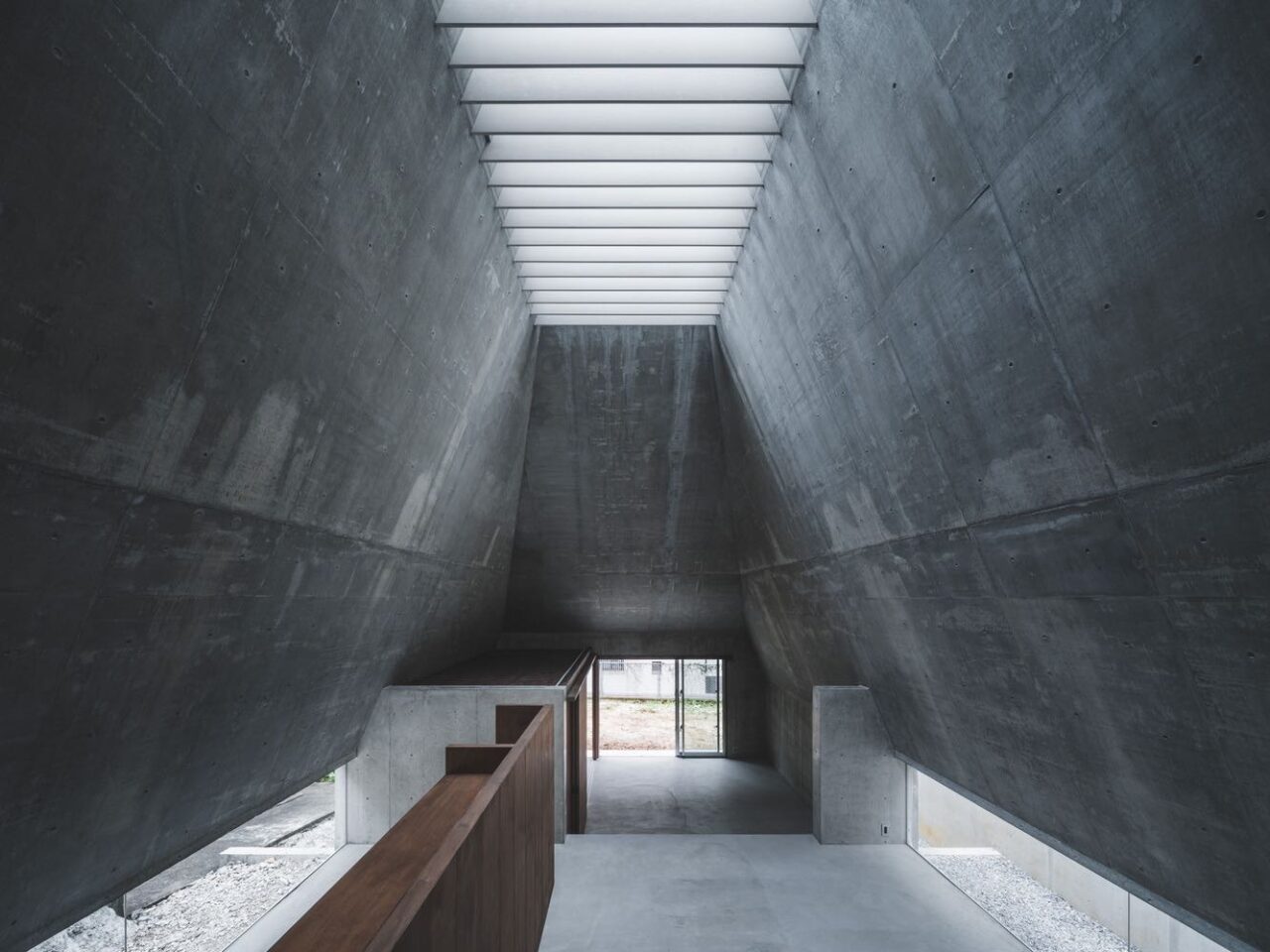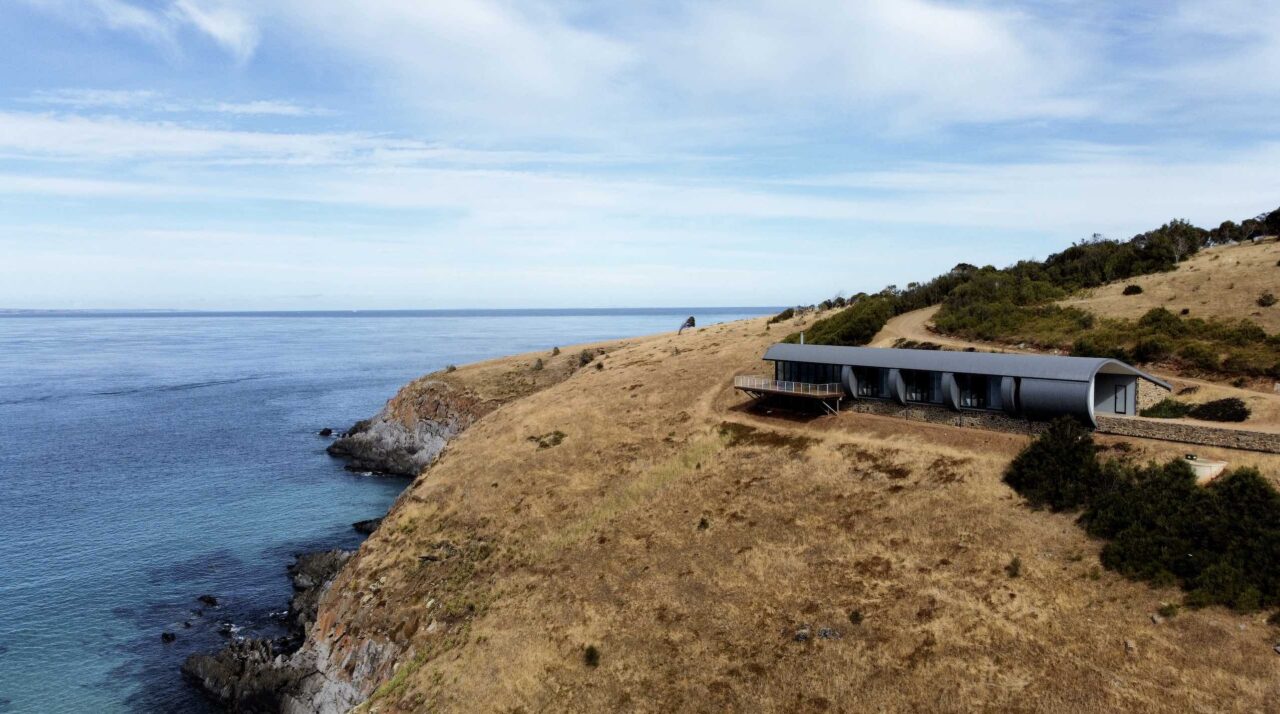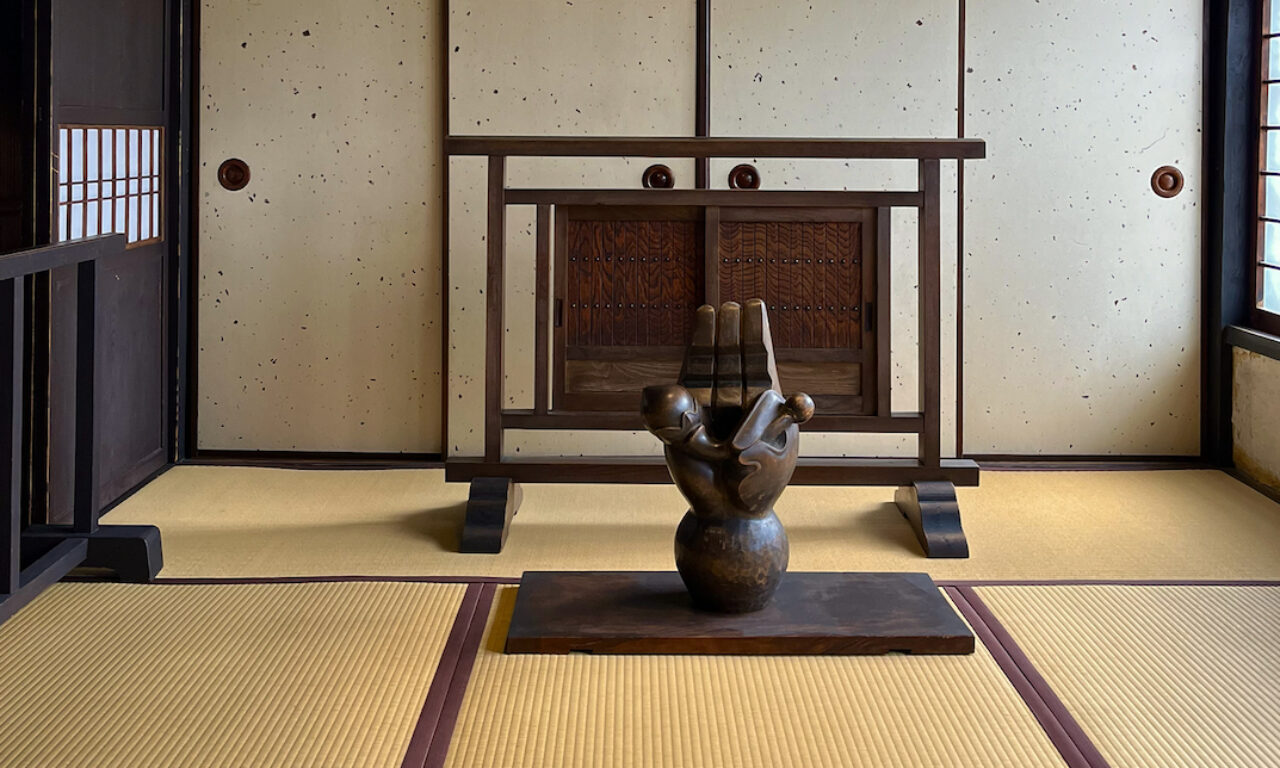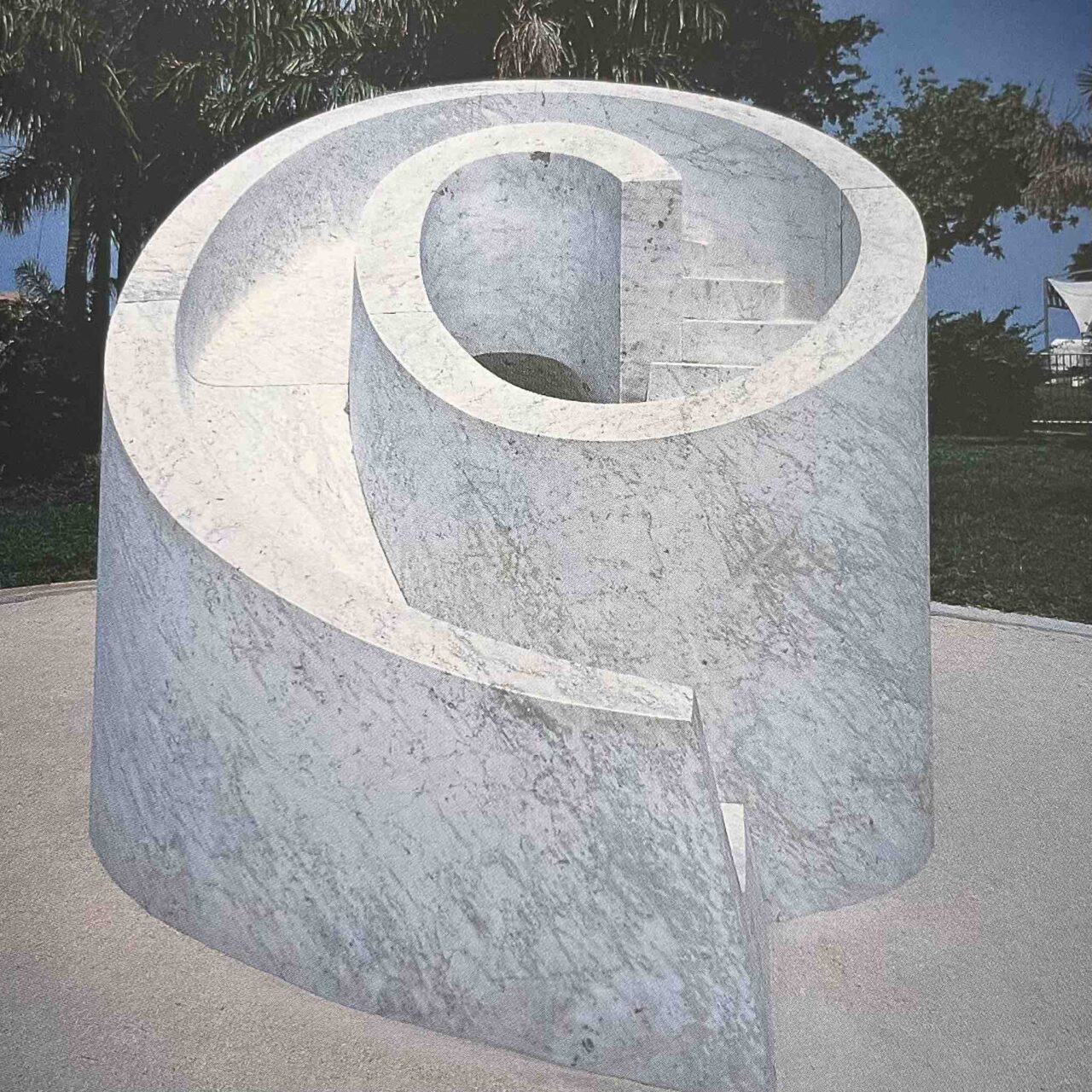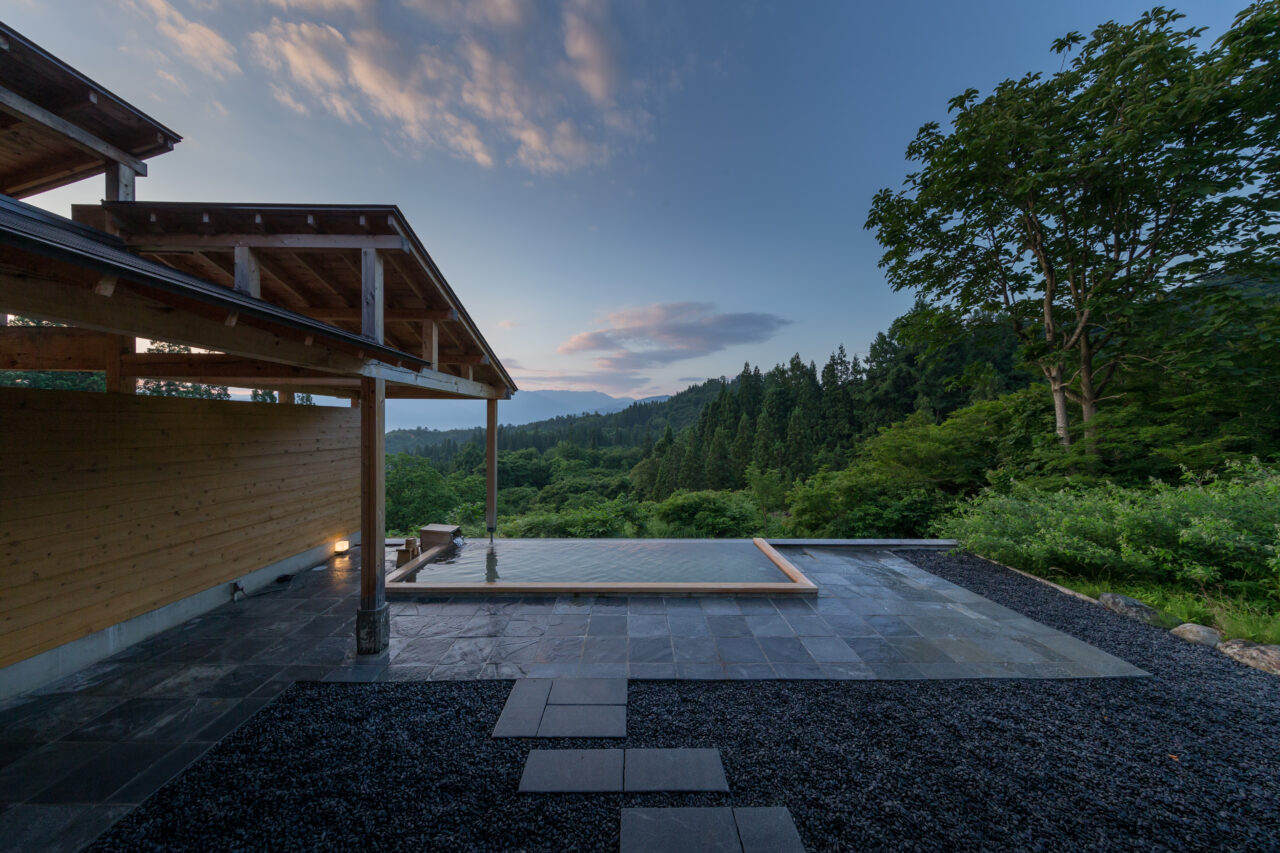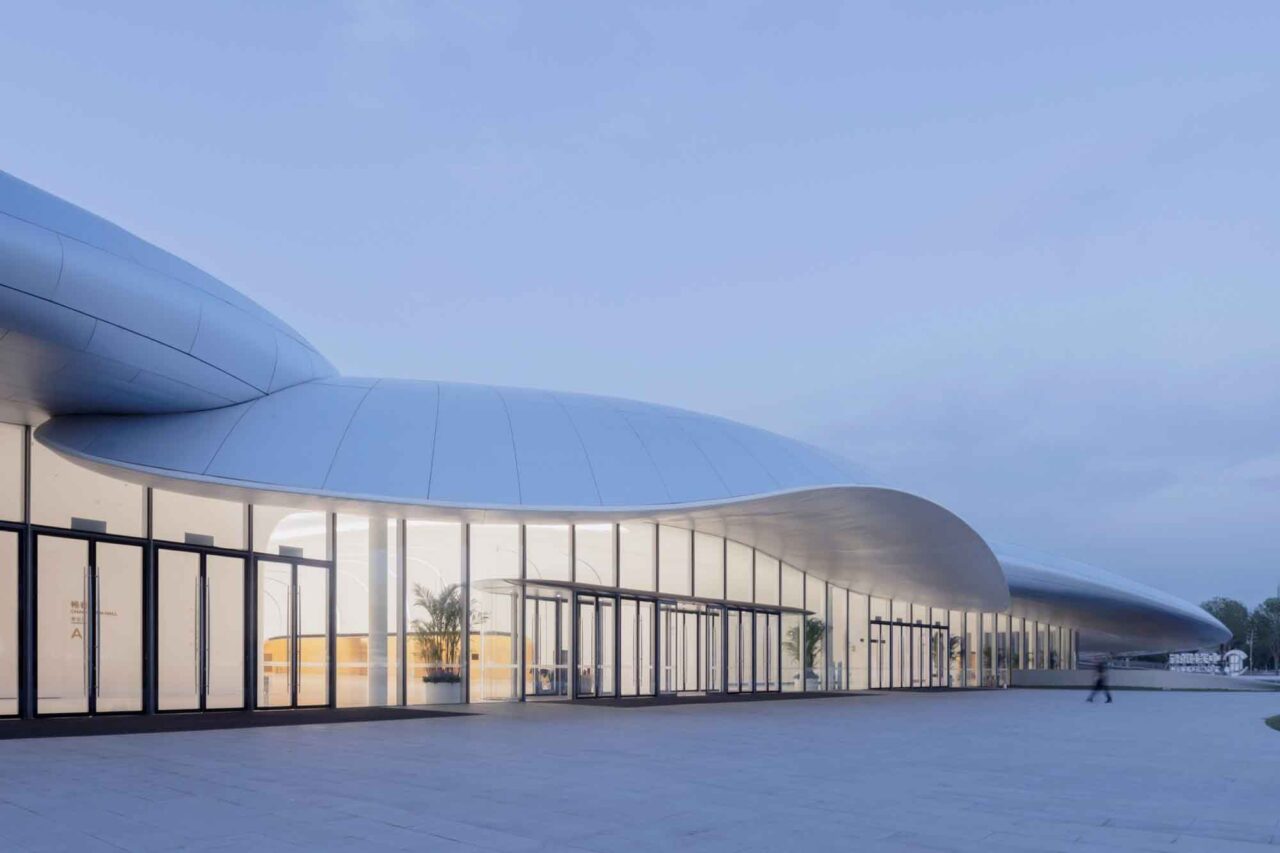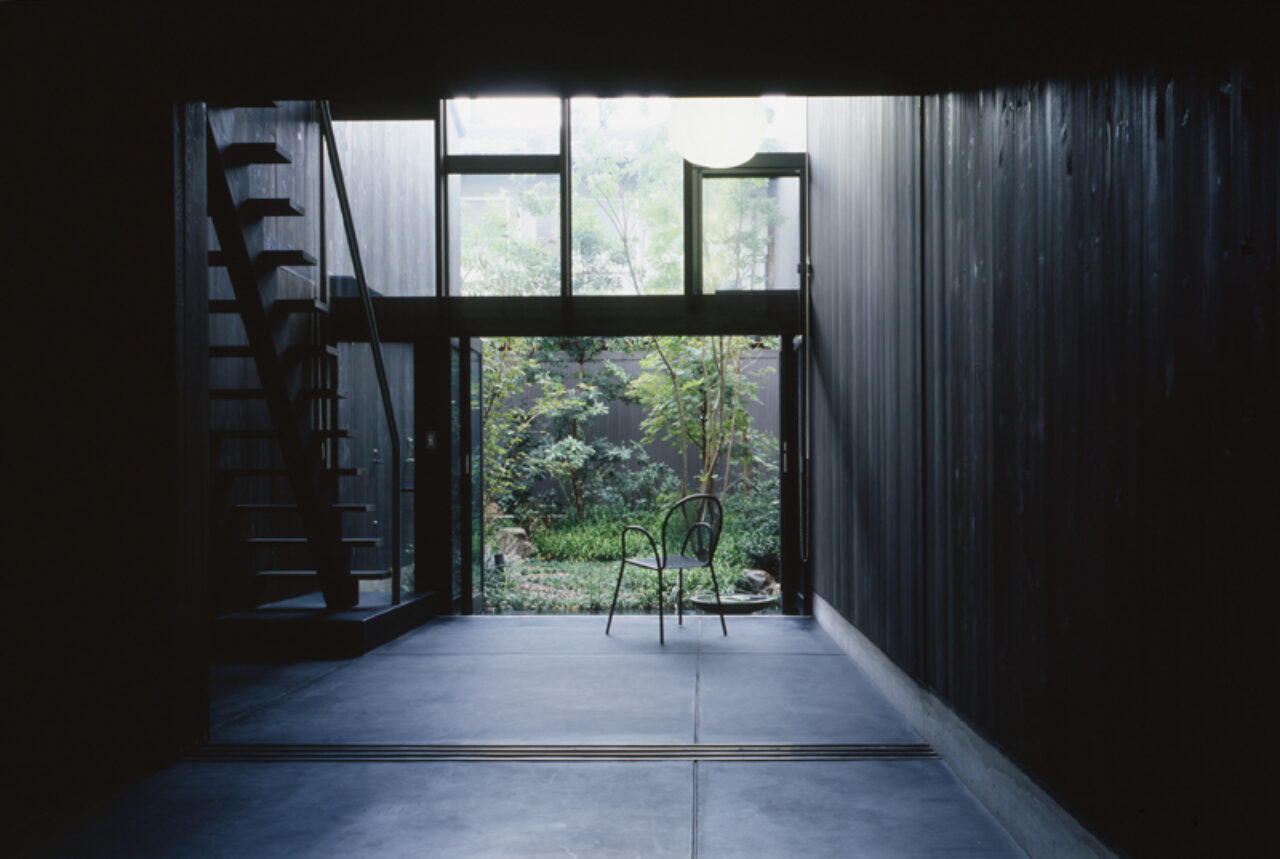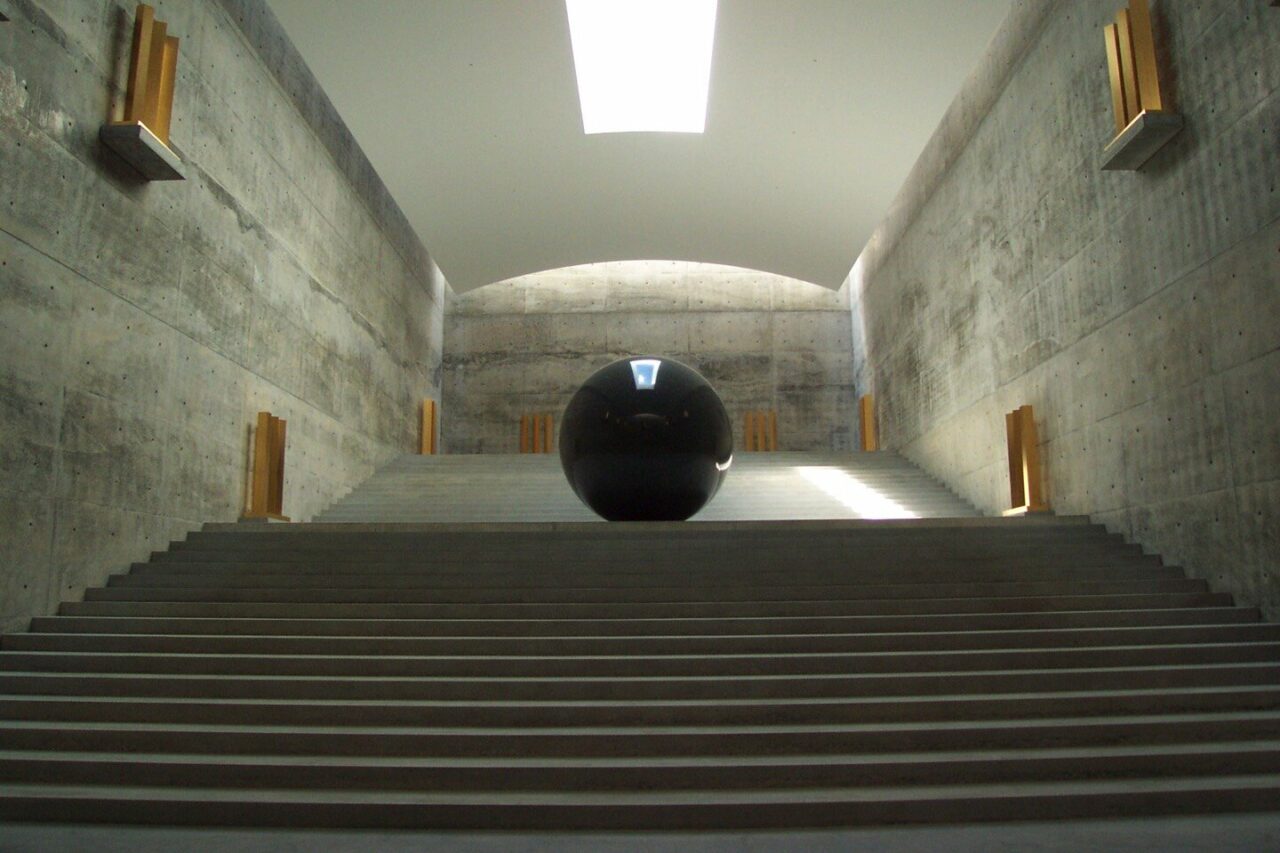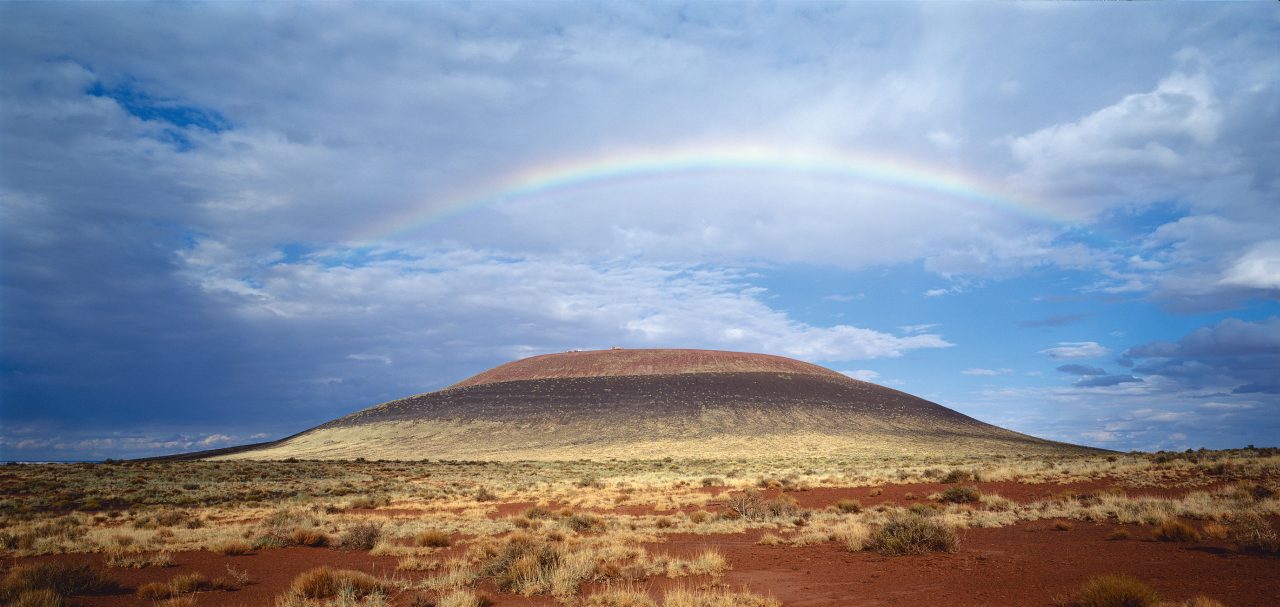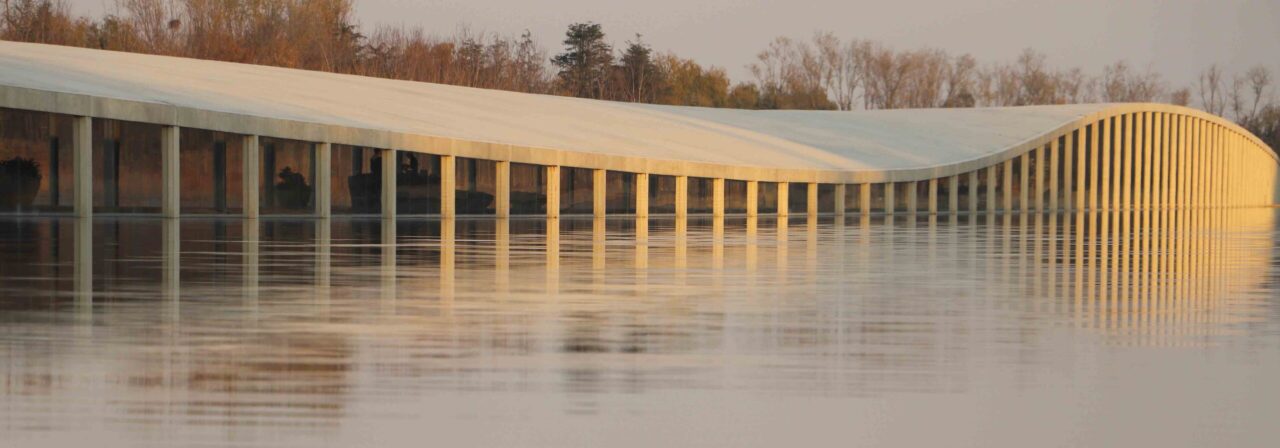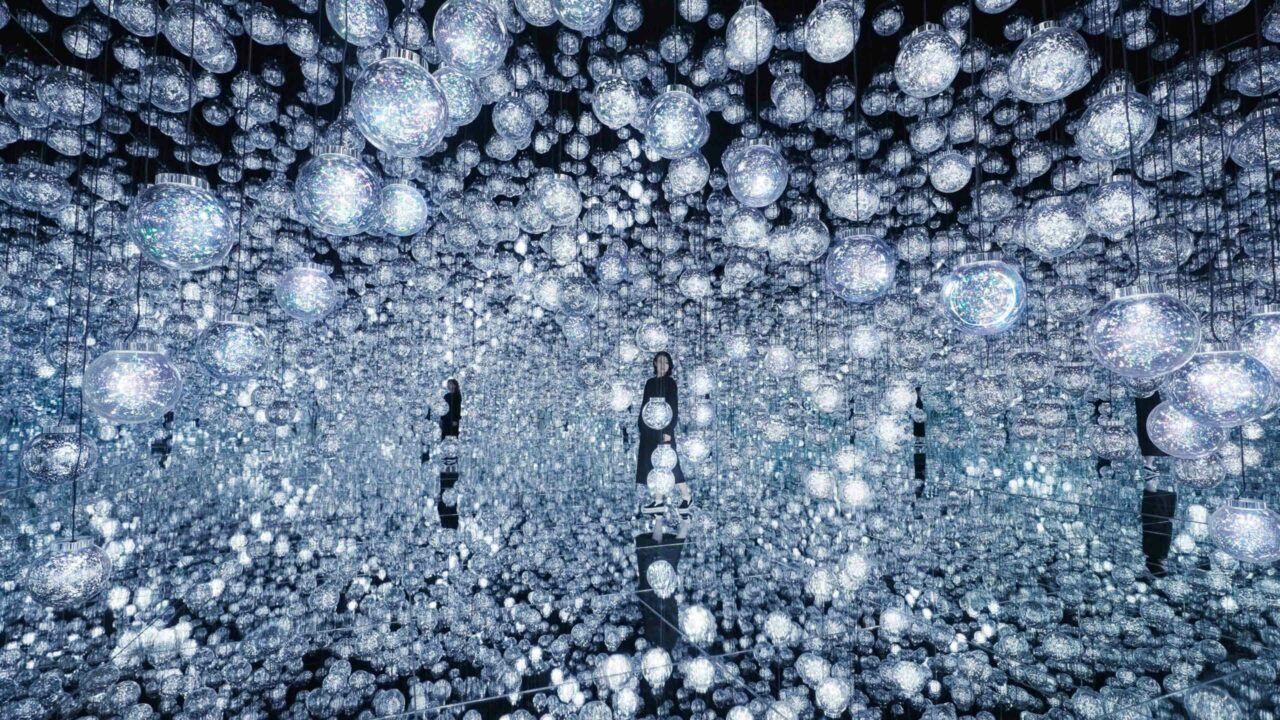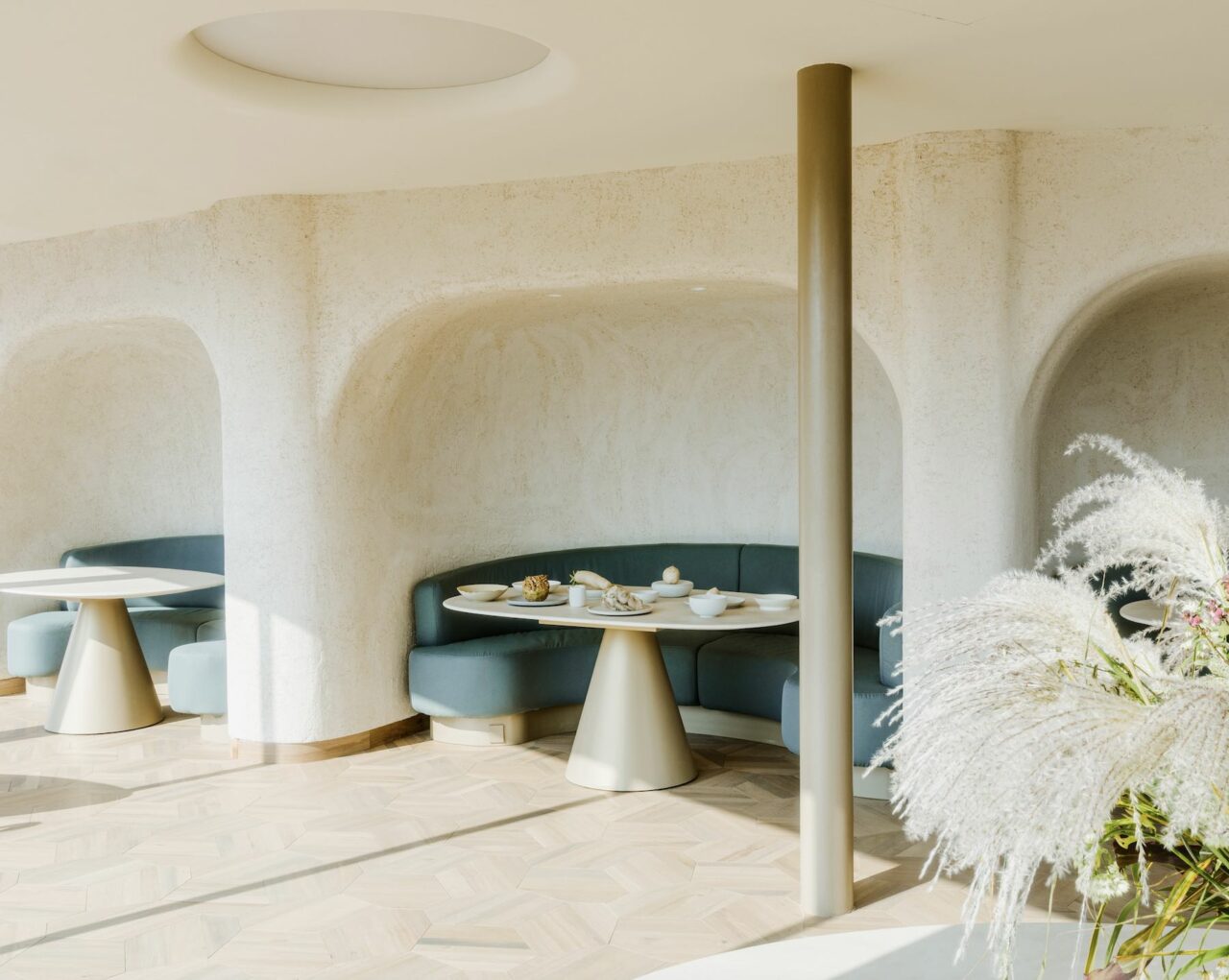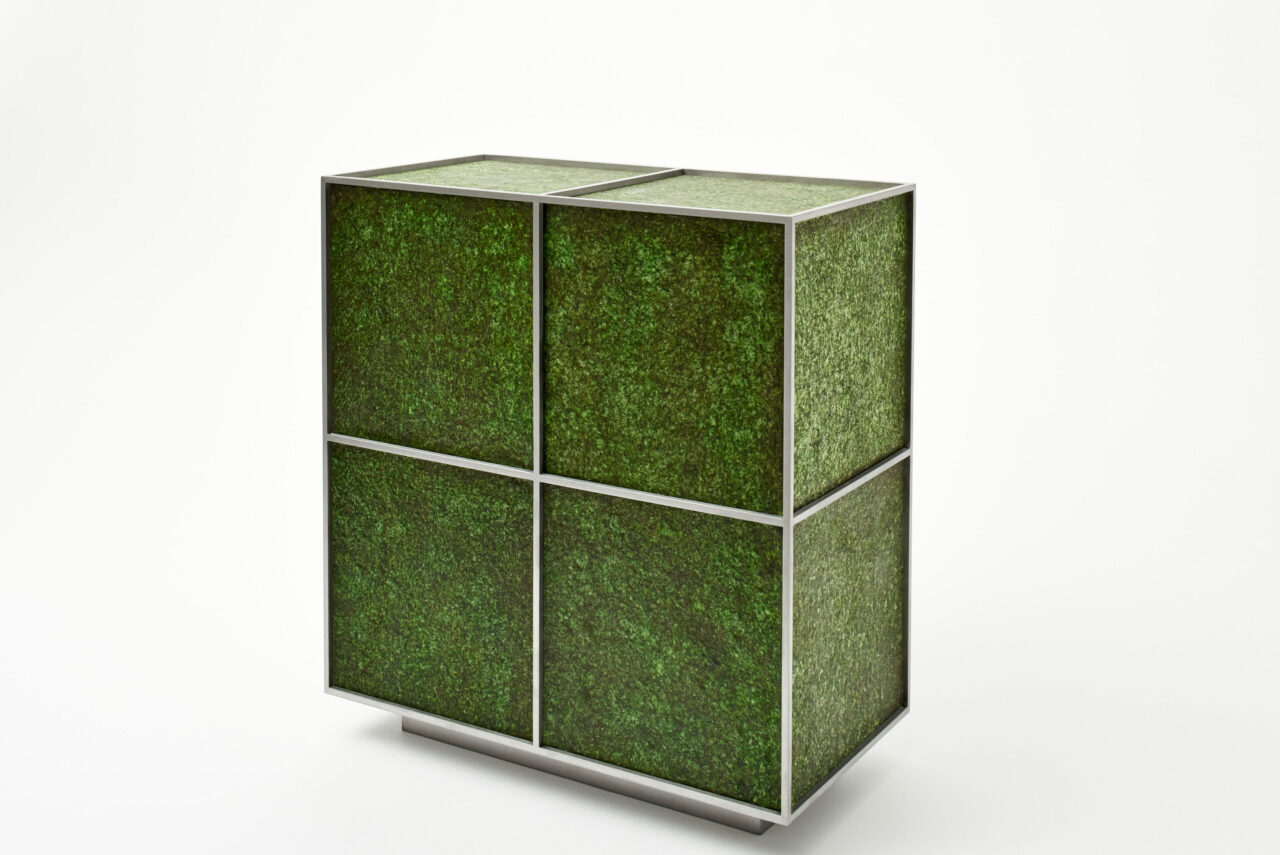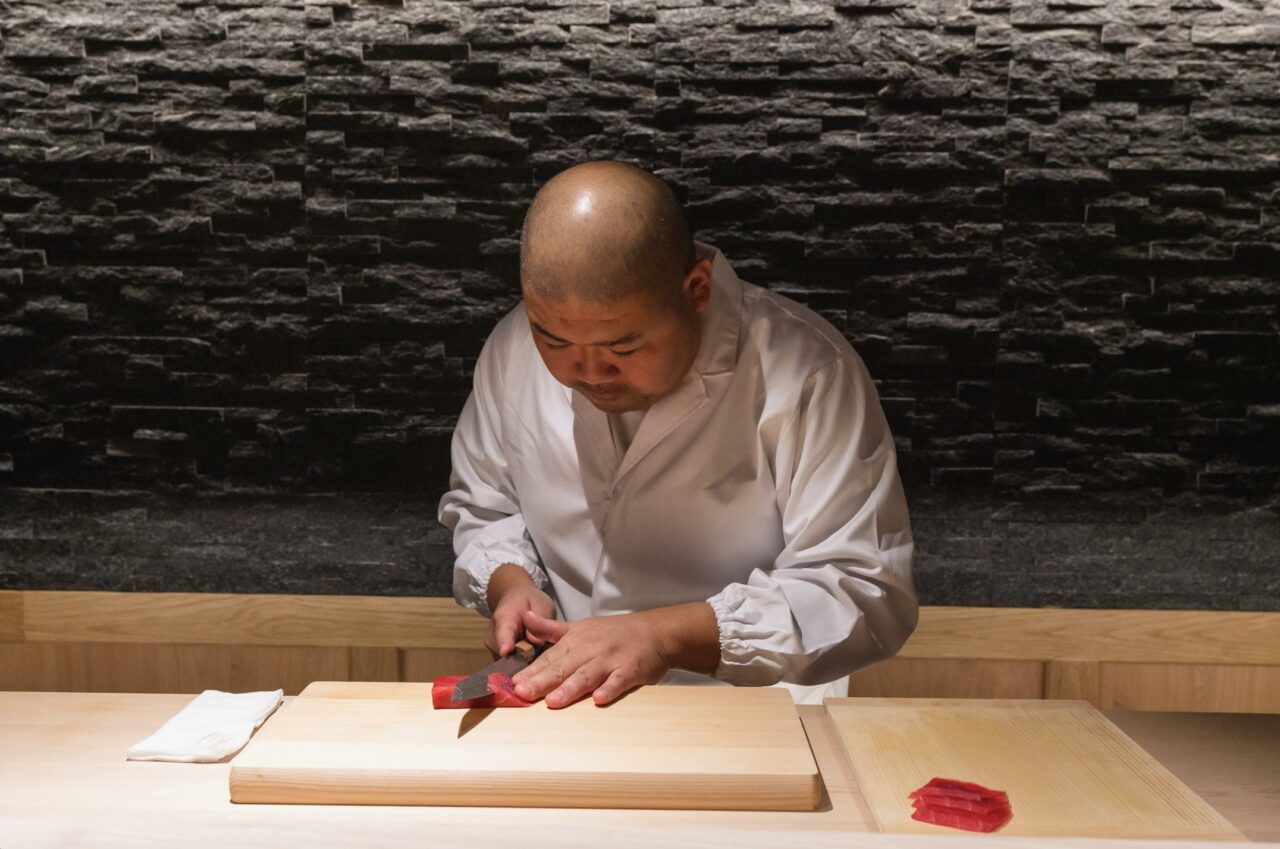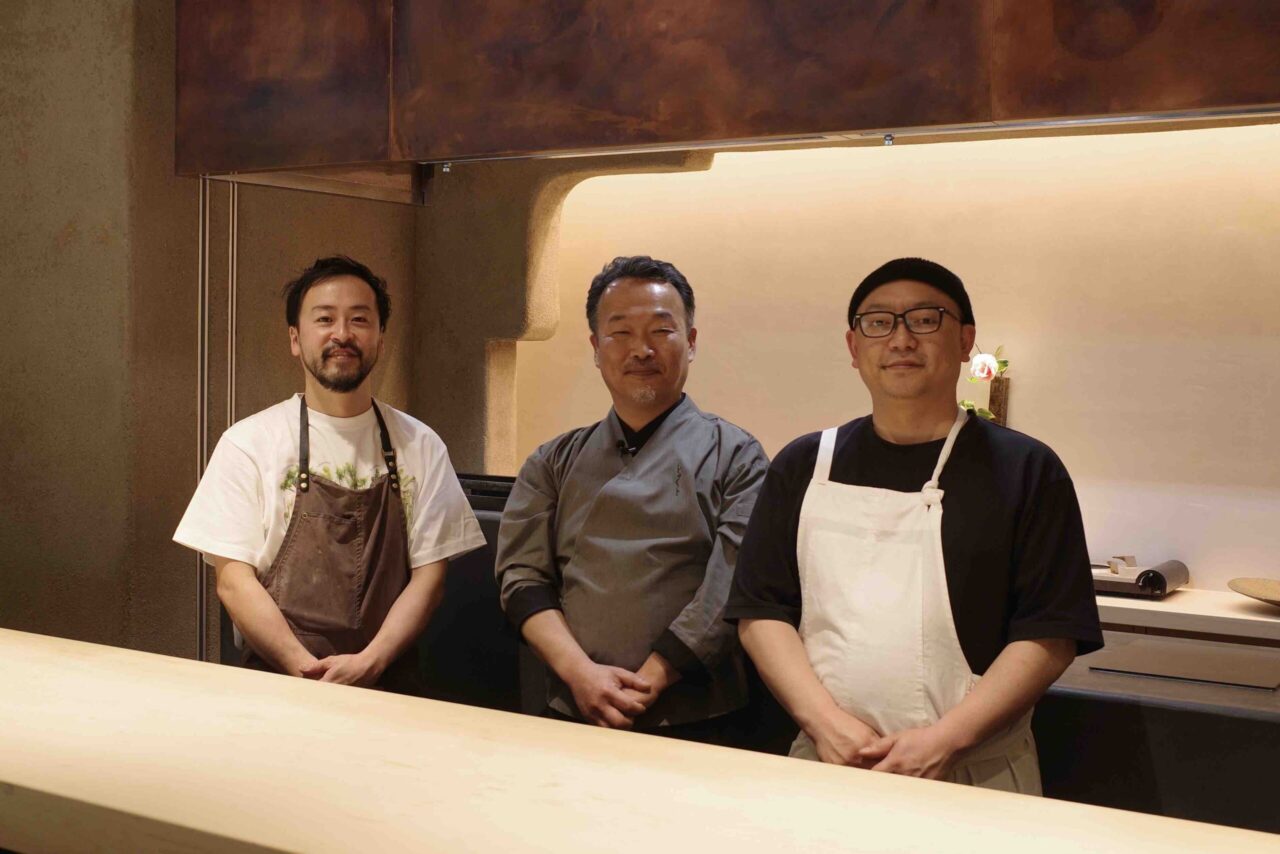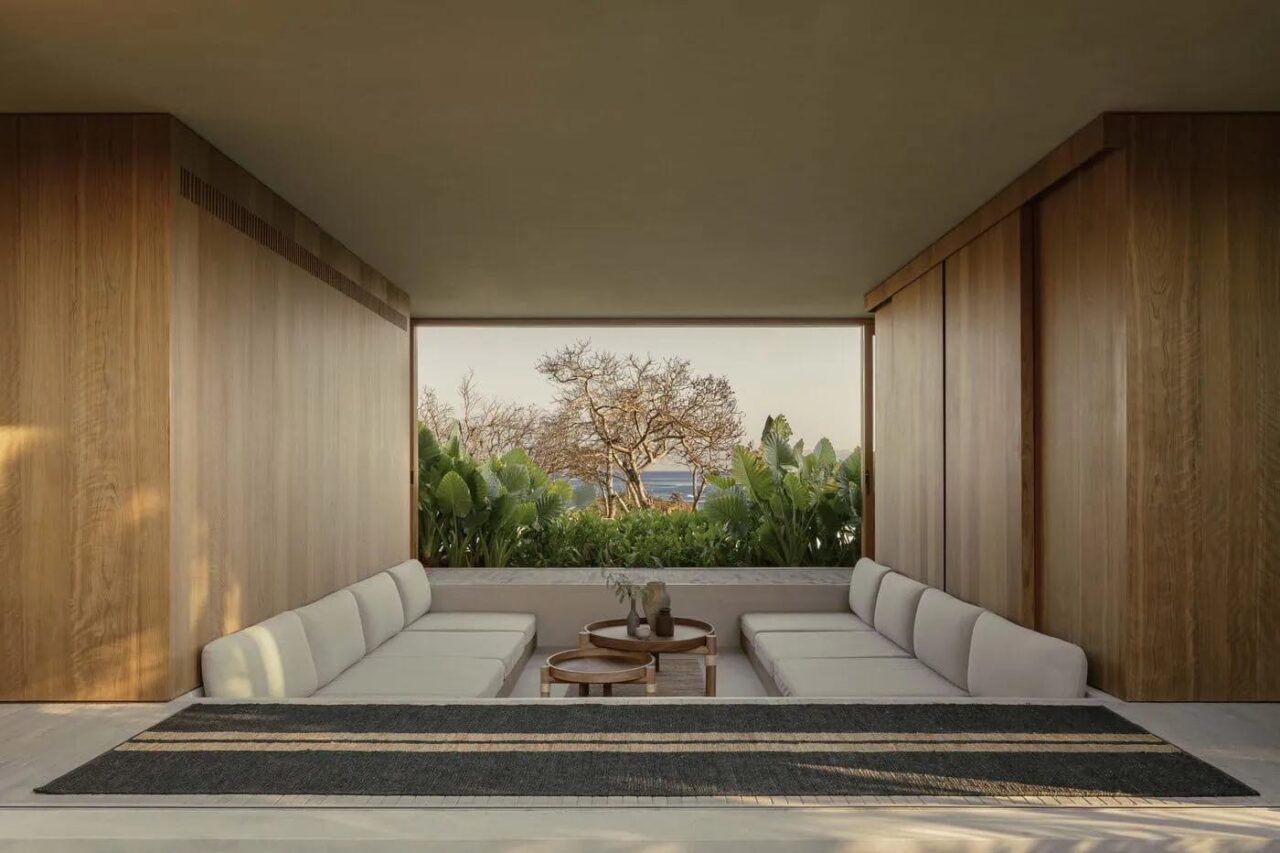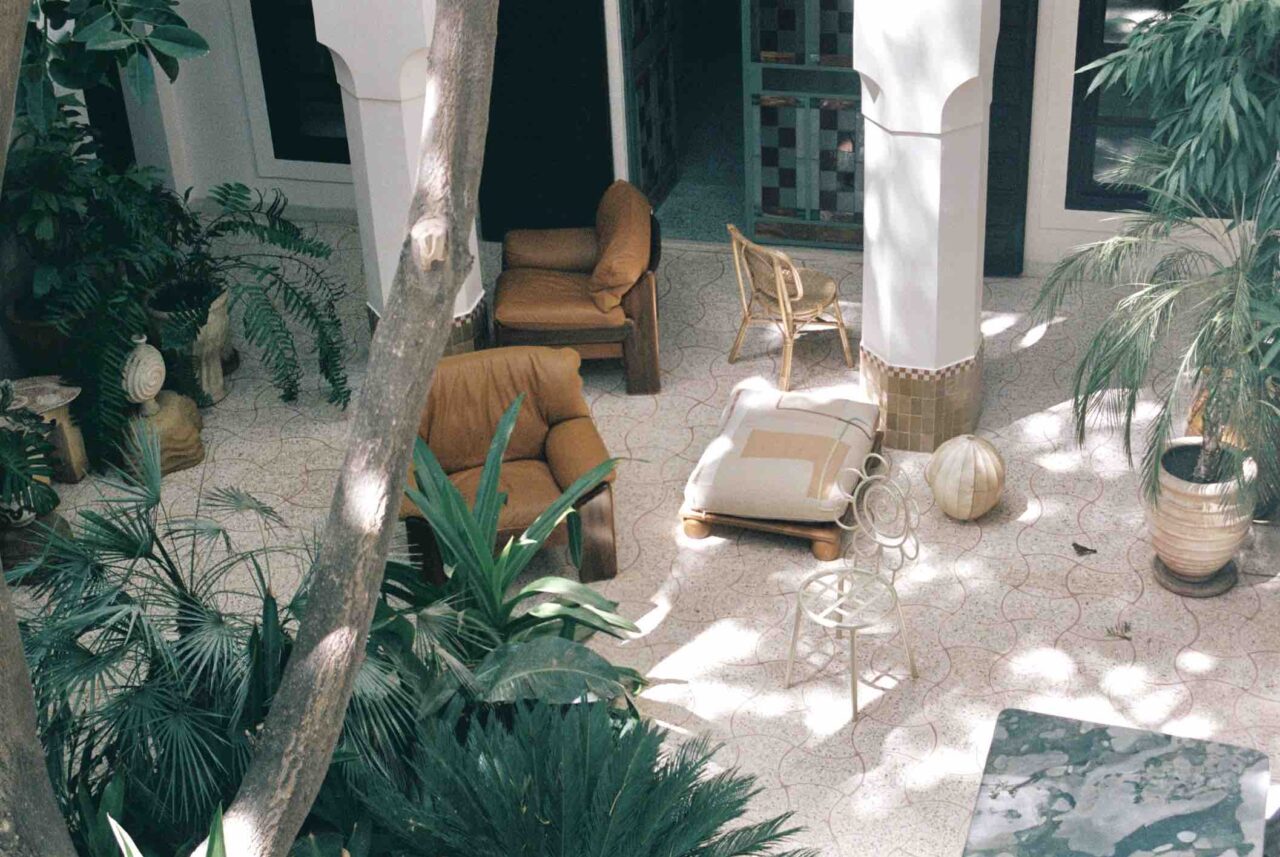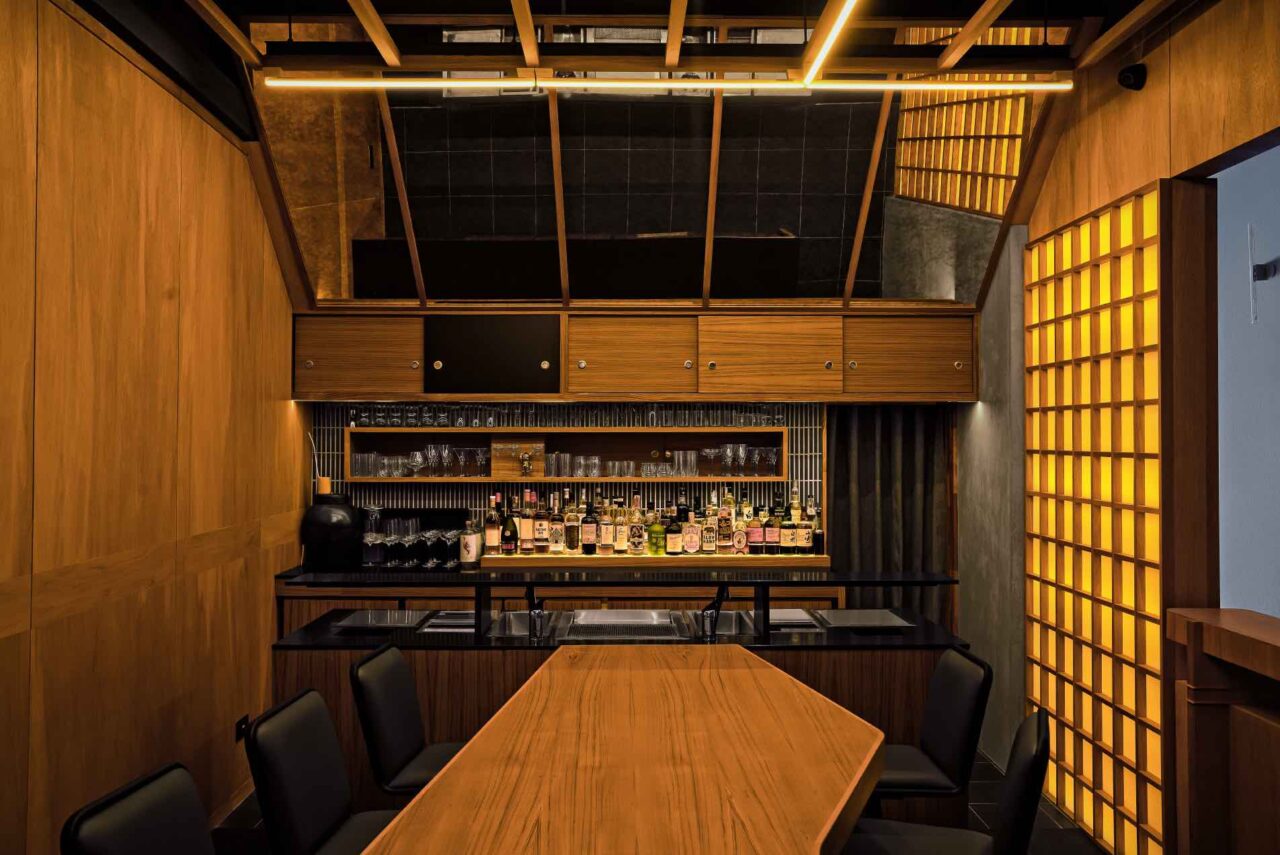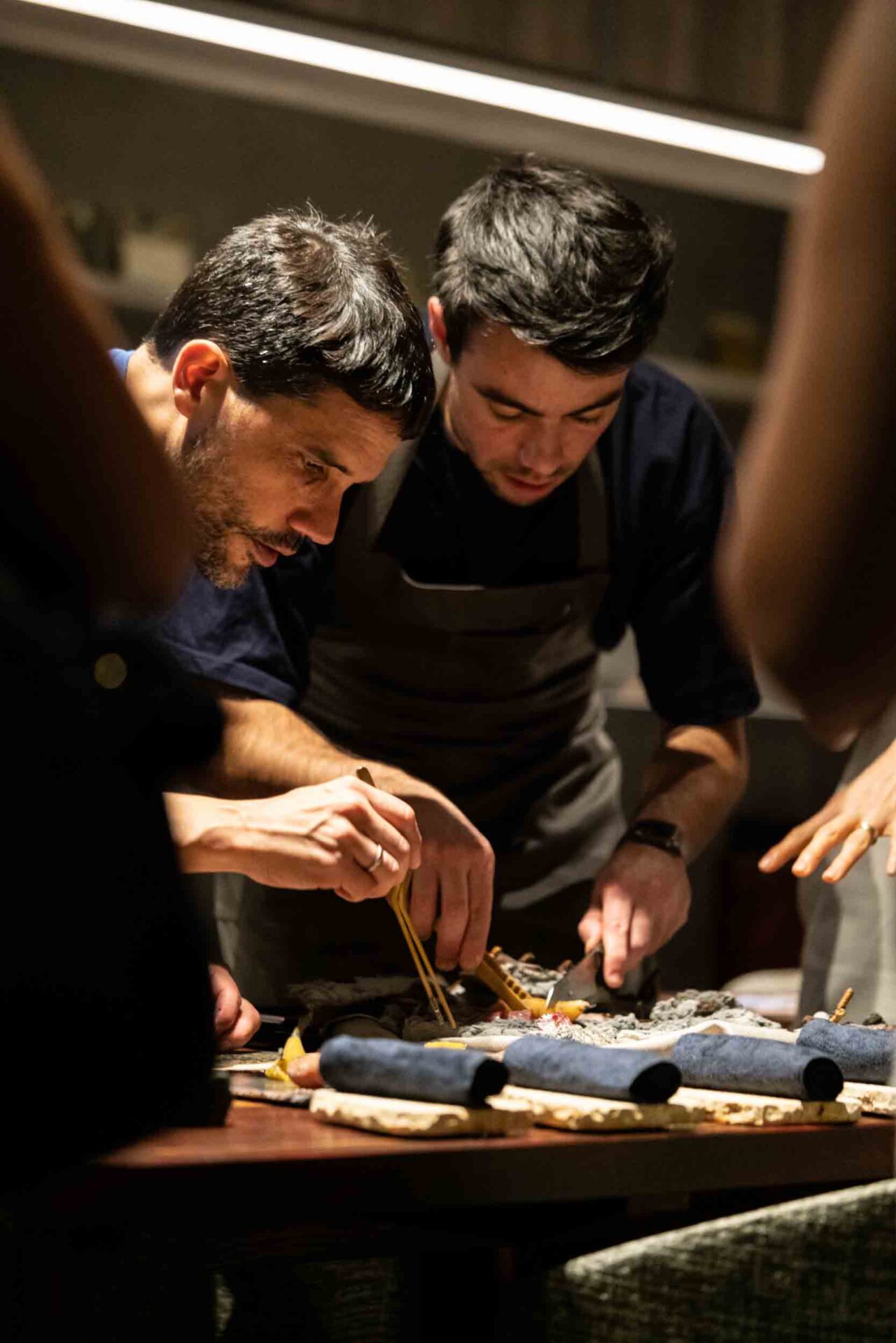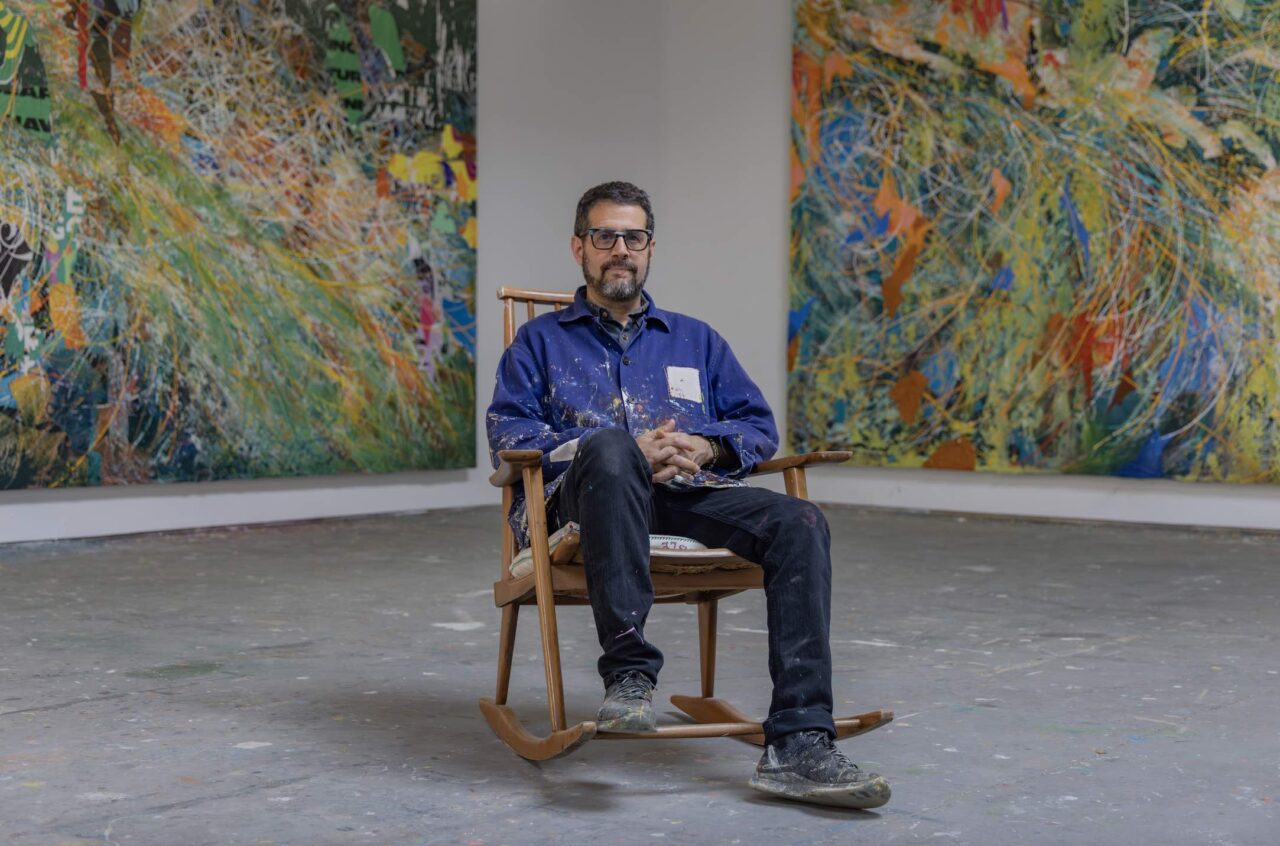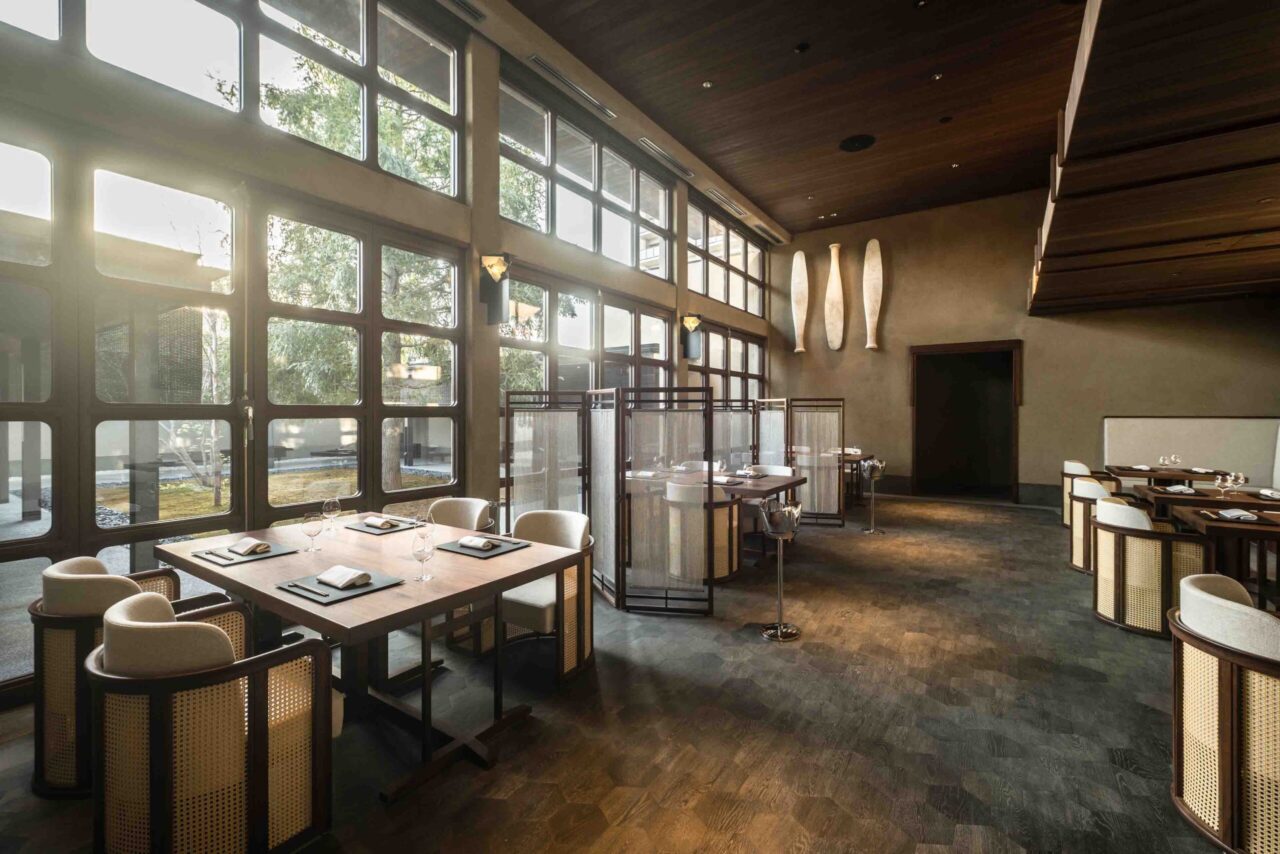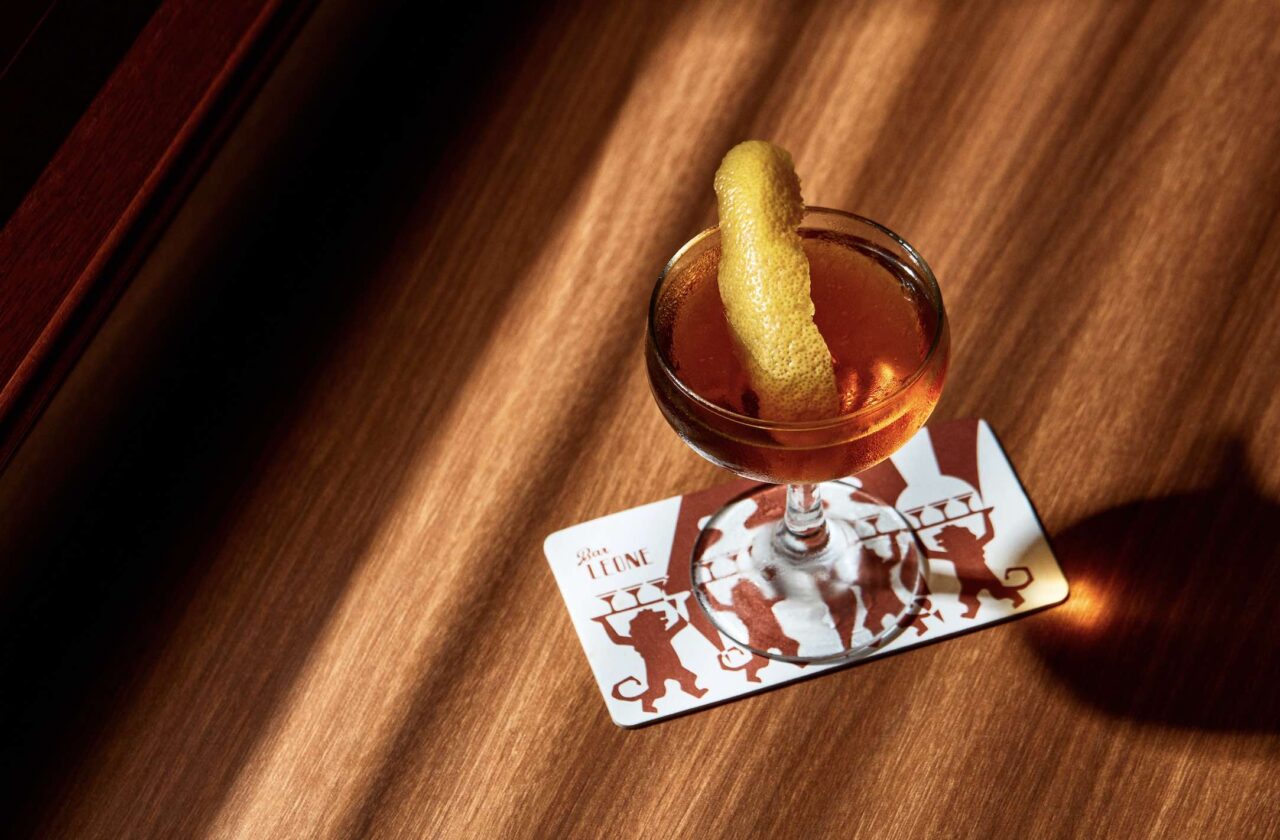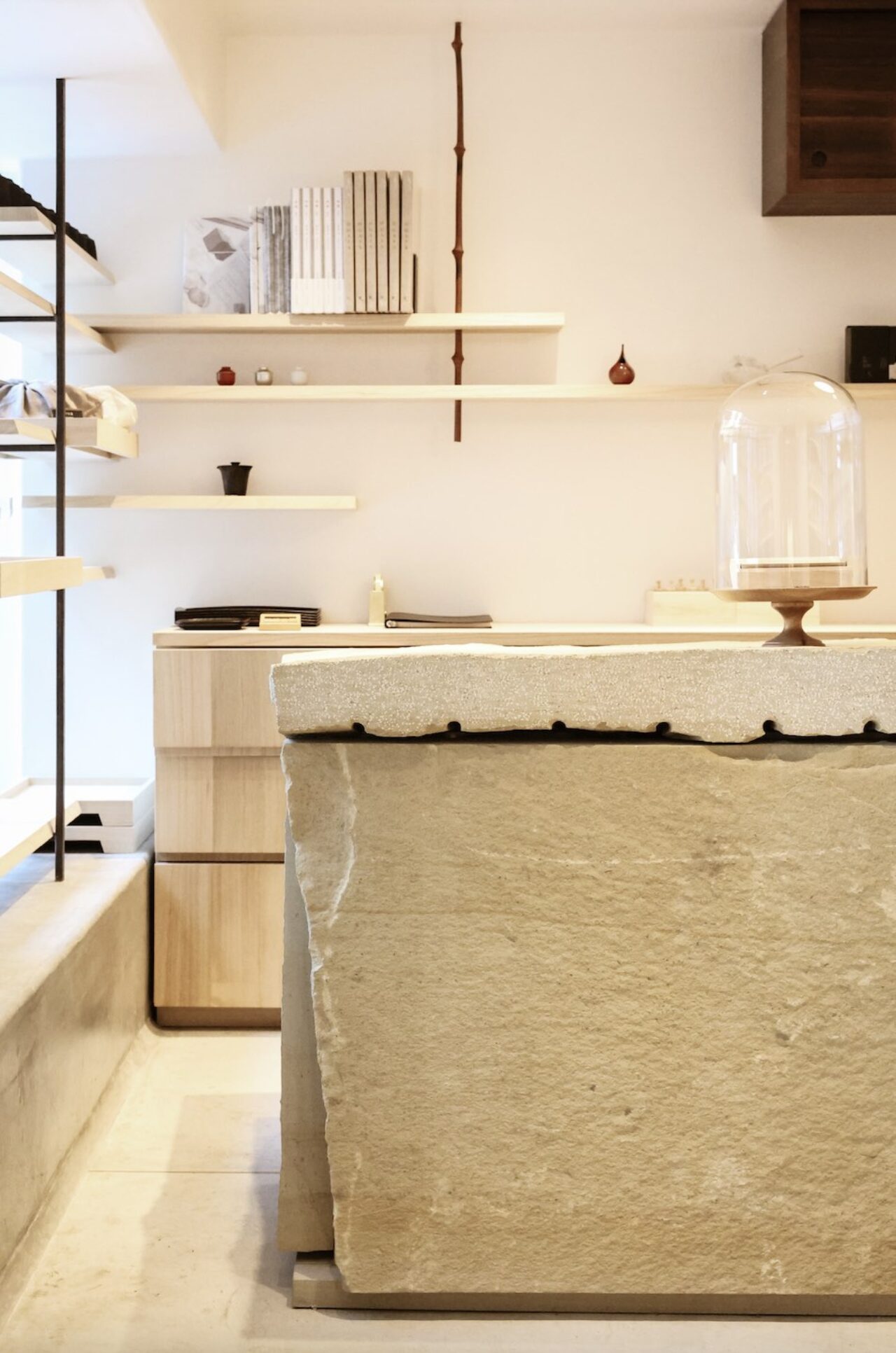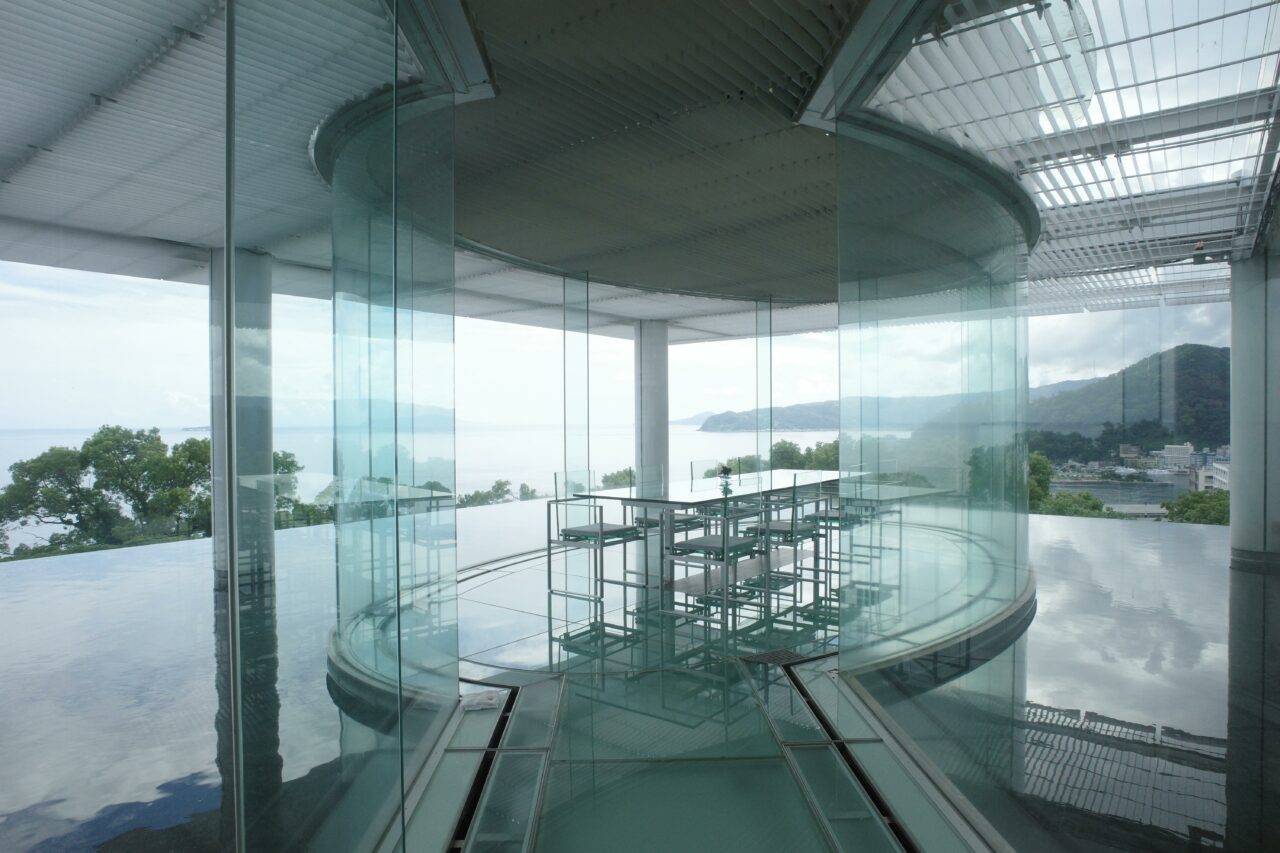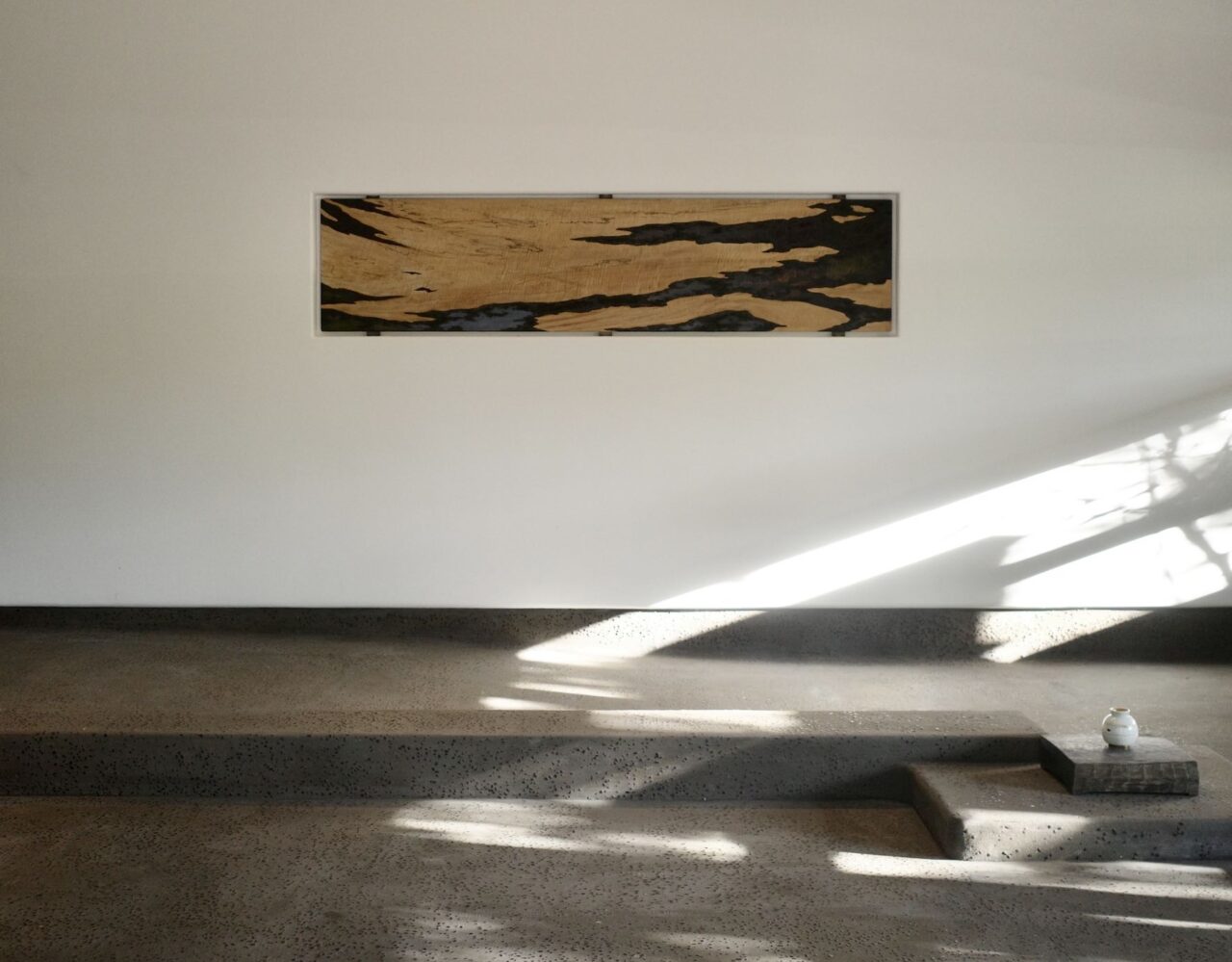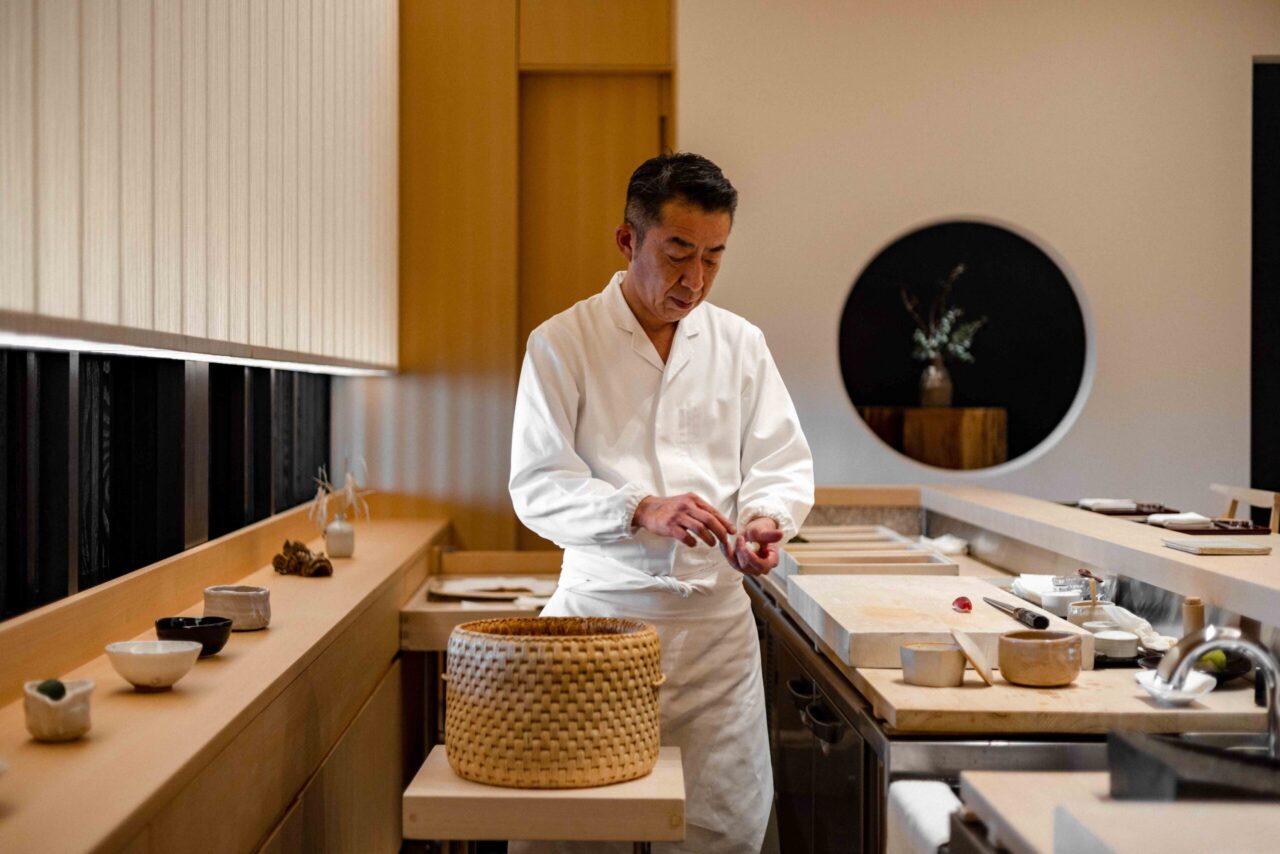NOMA KYOTO ’24
We Speak With Founder Rene Redzepi & Design Studio OEO On Everything To Know
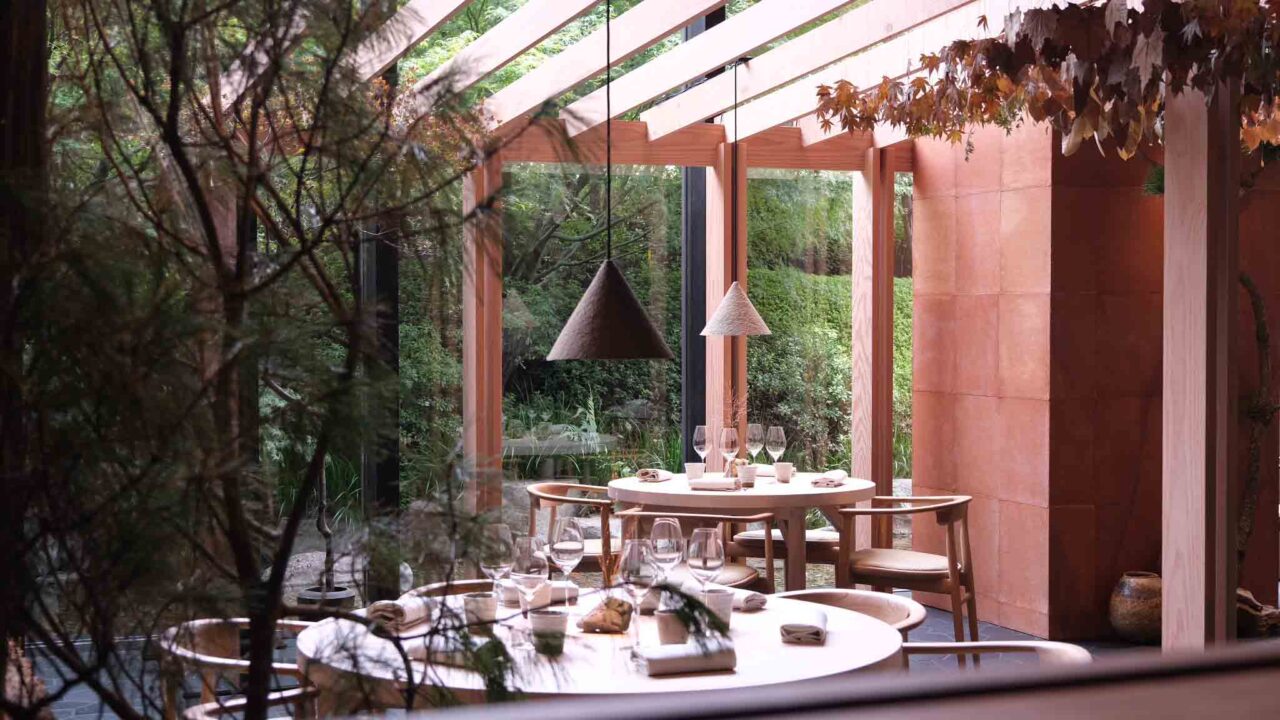
Noma, the celebrated Copenhagen-based restaurant returns for a 10-week pop-up, once again finding residence within the creative superhub Ace Hotel Kyoto.
Now in its second year, Noma’s 100+ team returns to Kyoto with a new vision focussed on Japan’s autumn season, once again transforming the Ace Kyoto main dining room with a completely new design and atmosphere — paired with deeply thoughtful dishes crafted over months of research and development.
Noma Kyoto 2024 brings the warmth and depth to Japan’s autumn season, transporting guests with an unrelenting exploration of the bounty of Japanese nature. The interior was transformed into an autumn wonderland by Danish design studio OEO, who crafted an inner wooden pavilion that created an intimate atmosphere also working with multiple artisans on innovative new designs. OEO unveiled their latest furniture collection with renowned Japan-made furniture company Time & Style, with guests dining at timber tables and freshly-launched tatami-seated chairs.
Below, Ala Champ Editor Joanna speaks with Noma’s René Redzepi and NOMA Kyoto’s interior designers Thomas Lykke and Anne-Marie Buemann of Danish design studio OEO on this years journey and experience.
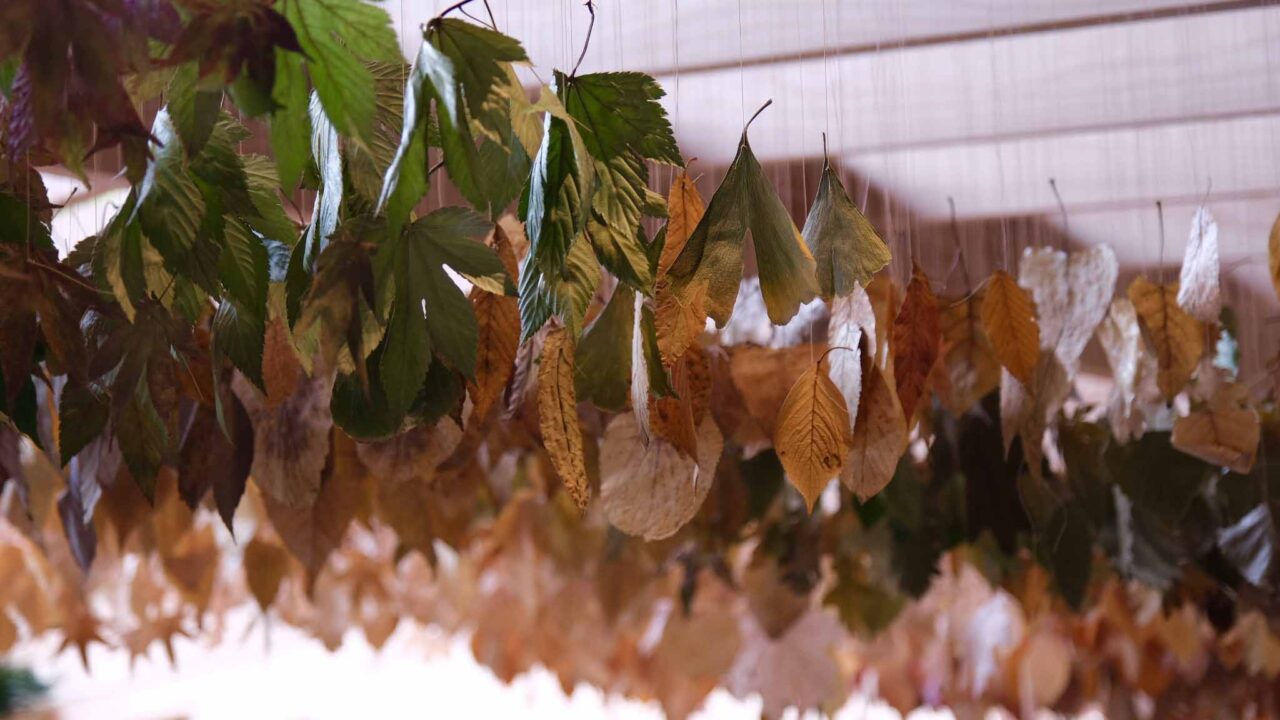
Ala Champ: For this year’s interior, you created a main pavilion structure within the space. What were your initial thoughts when approaching the interior volume and transforming it to create a more intimate atmosphere?
Thomas Lykke / OEO: We were familiar with the space from the previous year when we did Noma in the spring of 2023. The main area has a very tall ceiling with large windows that stretch from floor to ceiling. We knew we needed to do something radical to create a more welcoming and intimate atmosphere. Noma in Denmark features a lot of wood, and we thought it would be a nice touch to bring a piece of Noma from Copenhagen to Kyoto. That’s when we came up with the idea of building a wooden structure, or an indoor pavilion, to fully transform the experience and the space itself.
How did you approach the construction of the nail-less pavilion? Did you incorporate any particular Japanese joinery techniques?
Miyadaiku inspired the pavilion—wooden construction without the use of nails. However, we created our own joints to optimize production.
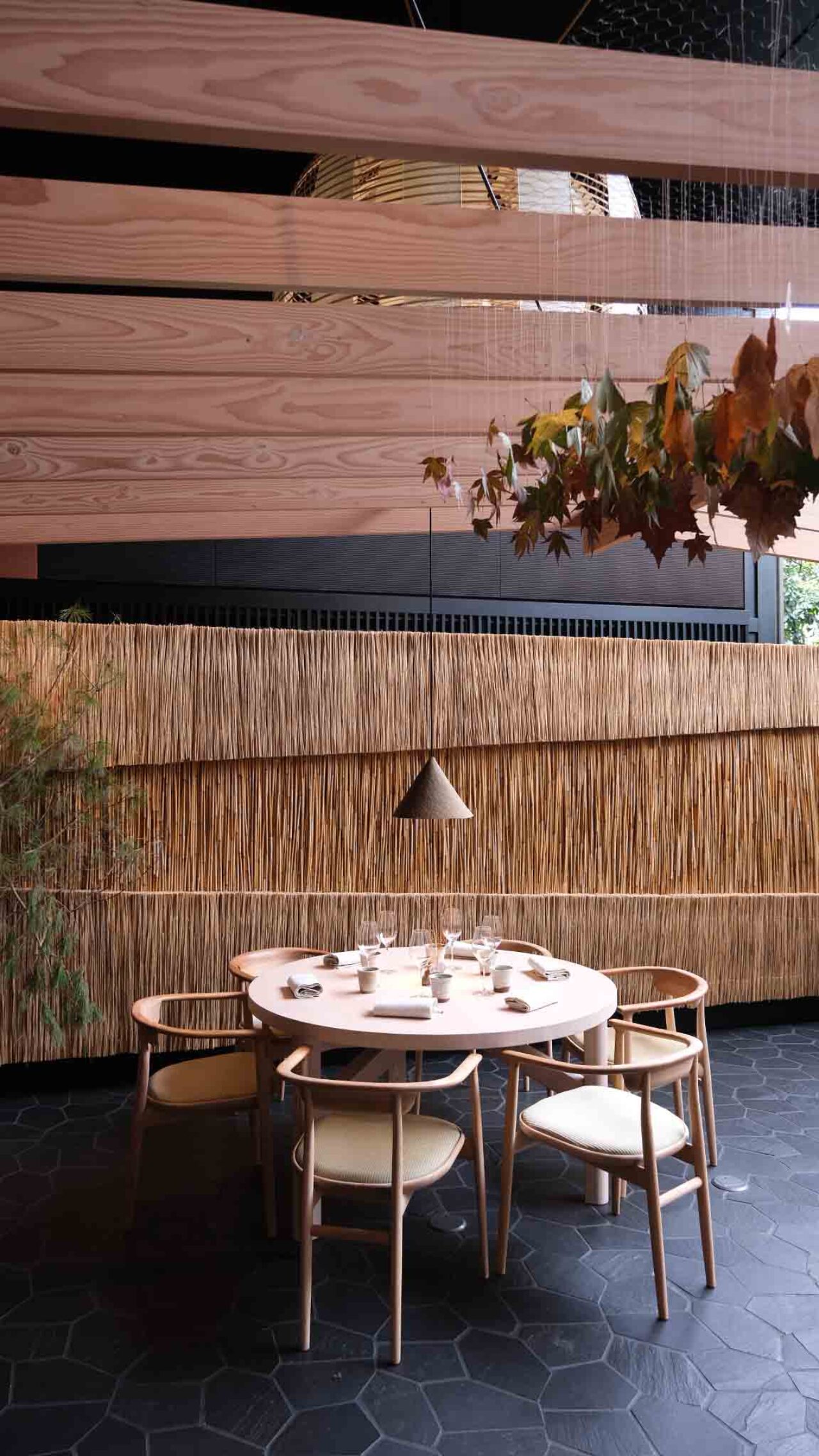
Ala Champ: You worked with several talented Japanese artisans, such as traditional thatching specialist Ikuya Sagara and a paper artisan for the interior walls. Did you provide a brief, or how did you approach working with them?
Thomas Lykke / OEO: We had a creative vision for Noma 24, and we provided a brief and direction. However, we believe that dialogue and collaboration are crucial for the final result, so we allowed the process to be flexible and creative. The end result closely aligns with our initial sketches.
Inspired by autumn and the forest, was there a specific place or moment that influenced the design?
There wasn’t a specific place that led to the design; rather, it’s the sum of all our travels and experiences in Japan. It was less about a particular location and more about the emotional feeling and connection we felt.
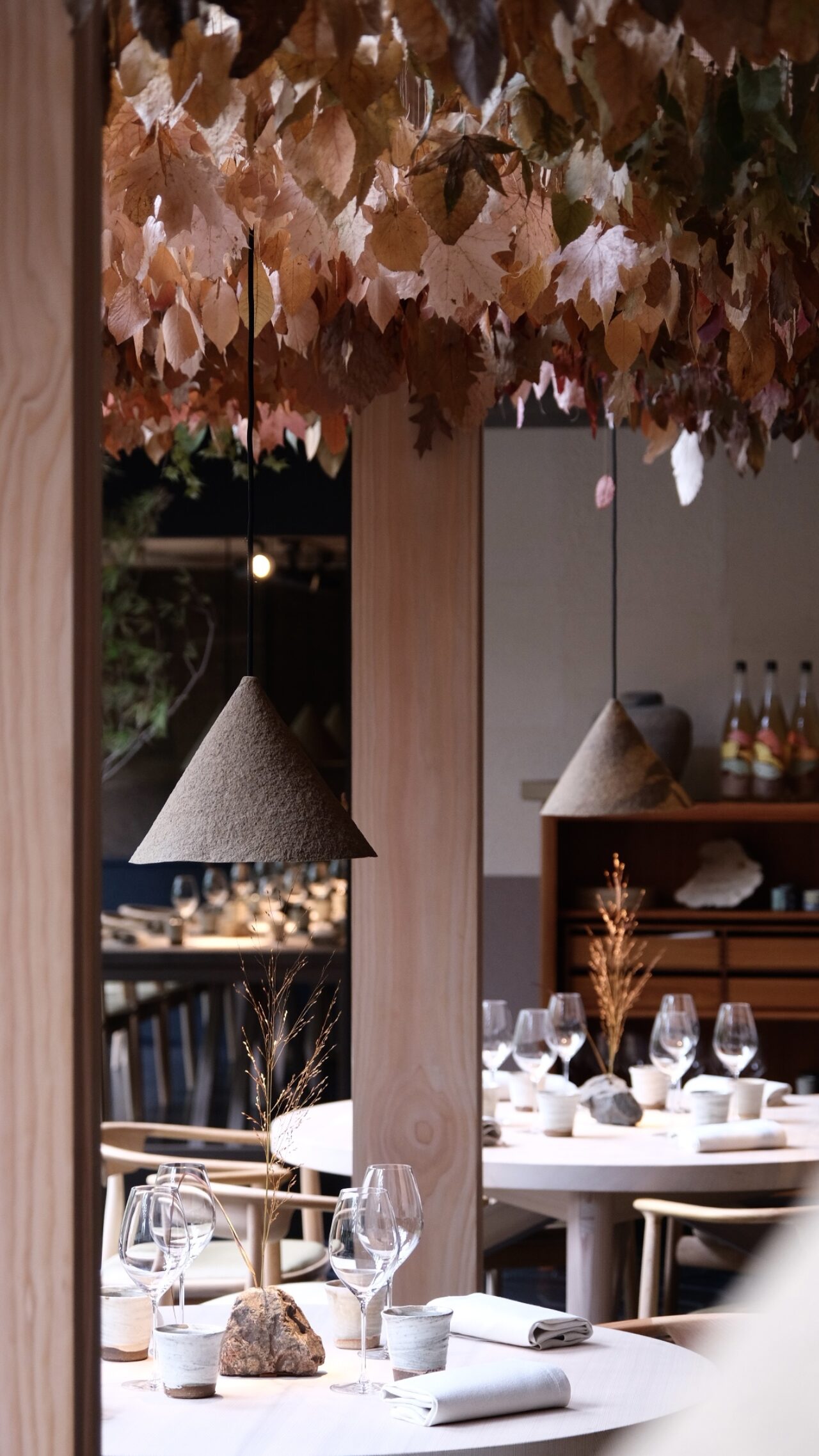
You incorporate many natural materials in OEO projects. What were some key materials for this interior?
We used Douglas wood from the Black Forest in Germany, provided by Dinesen; Søuld panels (seagrass) for wall cladding and acoustics; tatami panels and tatami seats for the chairs; vintage persimmon-dyed sake bags; washi paper by artist Hatano Wataru; a thatched straw wall by Ikuya Sagara; and zelkova wood and hinoki, among many other materials.
When a space has a specific timeline, such as Noma Kyoto’s 10-week residency, how do you approach designing with a temporary concept in mind while utilizing enduring materials and crafting timeless furniture?
Designing for a 10-week residency requires as much work as creating a permanent restaurant. The key difference is that you’re creating something for a very short time, often with a budget that is ten times smaller. You have to be extra creative, think smart, and consider the lifecycle of all the pieces and resources involved. We rely heavily on choosing the right partners and collaborators who share the same vision and passion as we do. It’s a puzzle that is challenging yet incredibly rewarding—and totally worth it.

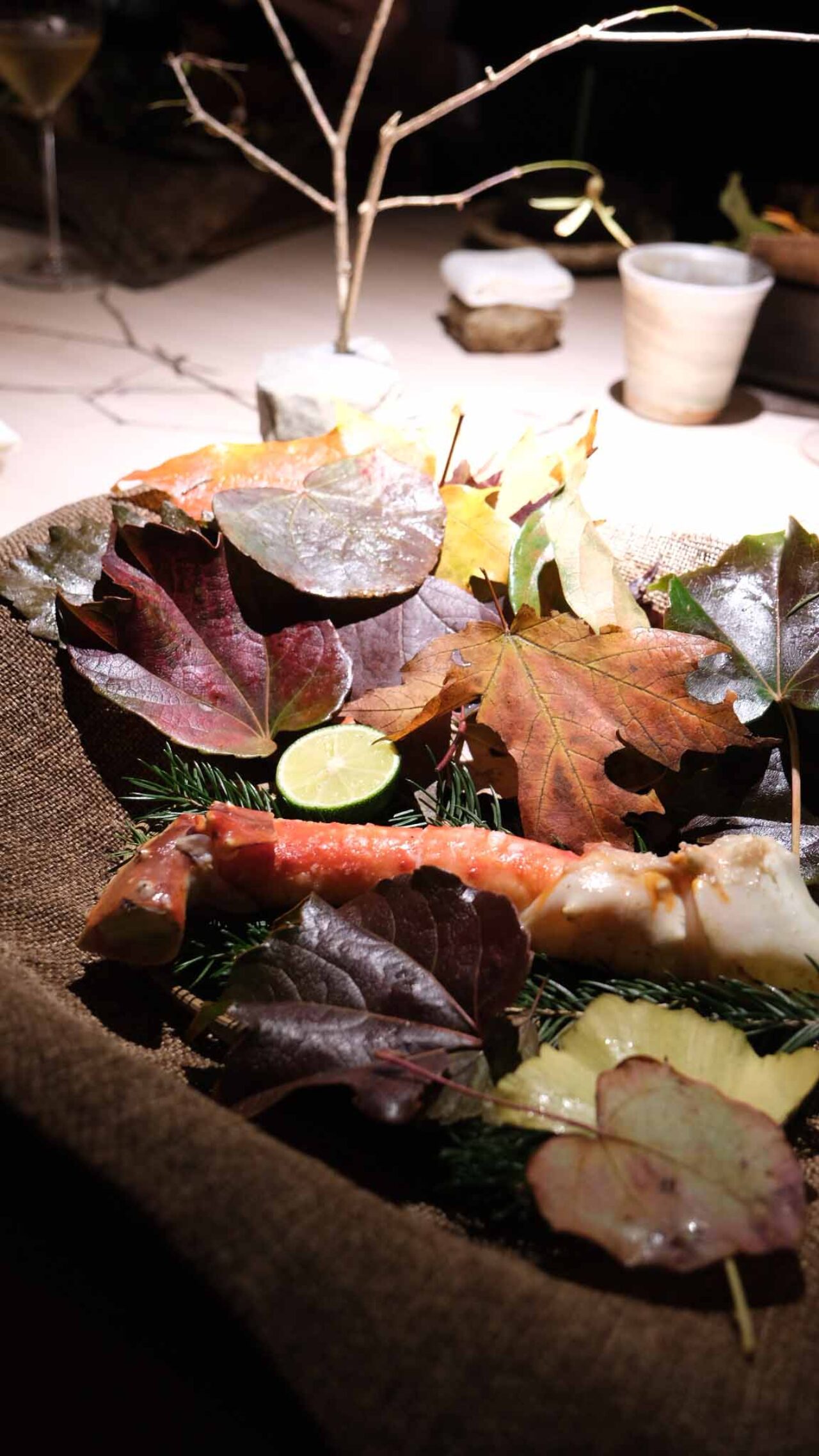
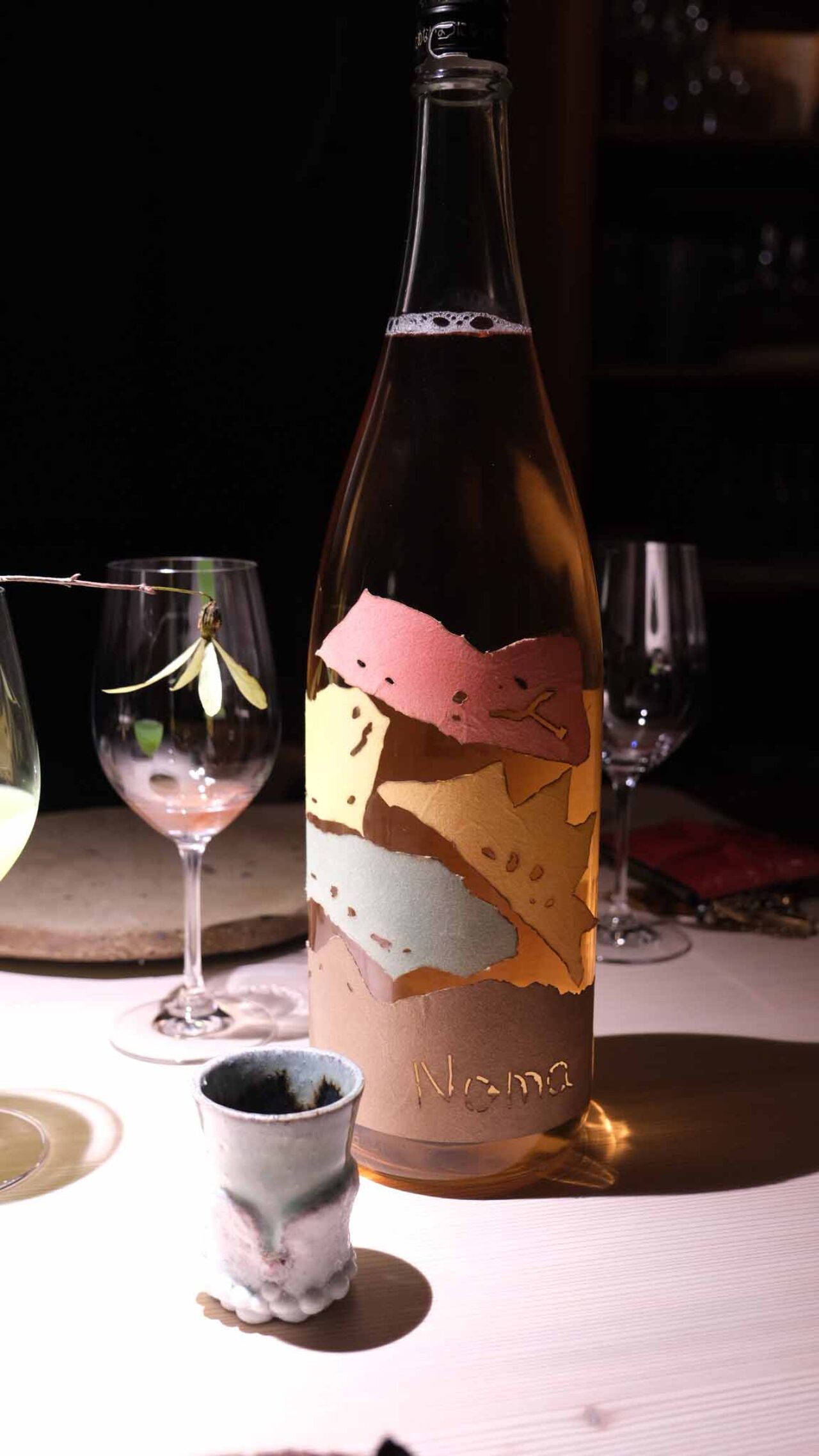
During a quiet moment before service, we speak with René Redzepi, Founder & Executive Chef of three-Michelin starred NOMA, on what makes this year’s pop up different, where he finds his inspiration in Kyoto, and a dining experience in Japan that left a lasting impression.
Joanna / Ala Champ: For this year in Kyoto, what were your immediate thoughts and intentions for an autumn focus?
René Redzepi / NOMA: Autumn in Kyoto has always held a special place in my heart. My first visit to Japan was nearly two decades ago, during this season, and it was in Kyoto. I fell in love with the energy of the city—the mildness of the weather, the stunning nature, and the sheer abundance of ingredients. It’s unparalleled. When we planned this residency, we knew we had to immerse ourselves in the seasonality, the ingredients, and the craftsmanship that Kyoto offers in autumn. That was our primary goal.
What were some stand-out autumn ingredients that you were excited to explore?
One of the surprises was autumn bamboo. We didn’t even know it existed, and it amazed many of our local guests as well. Many Japanese diners associated bamboo with spring, but this variety is unique to autumn, and it was such a pleasure to work with. Beyond that, the roots and starches were incredible, particularly ginkgo nuts. While they are common here, for us, they offer a novel texture and flavor that we loved exploring.
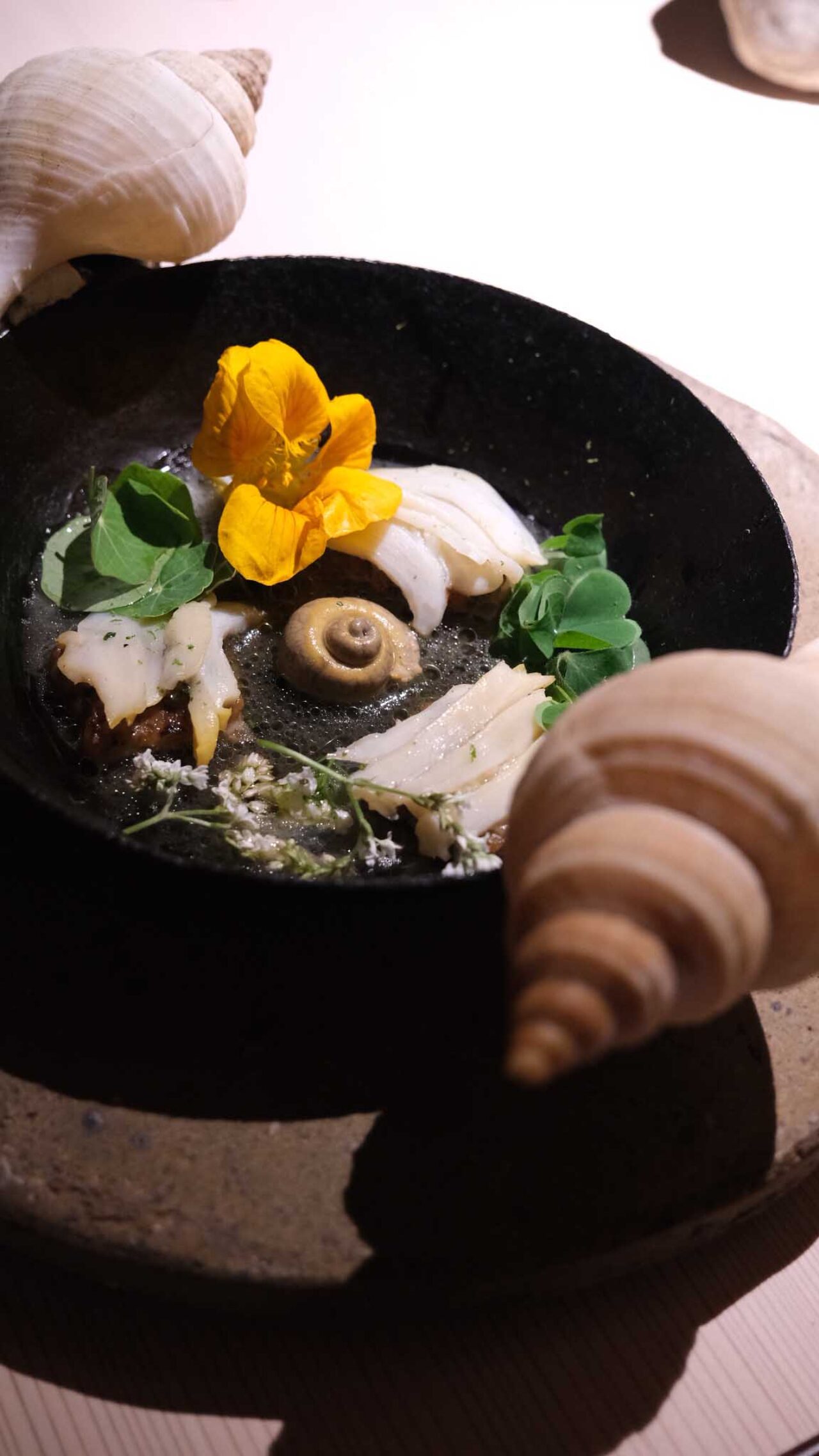


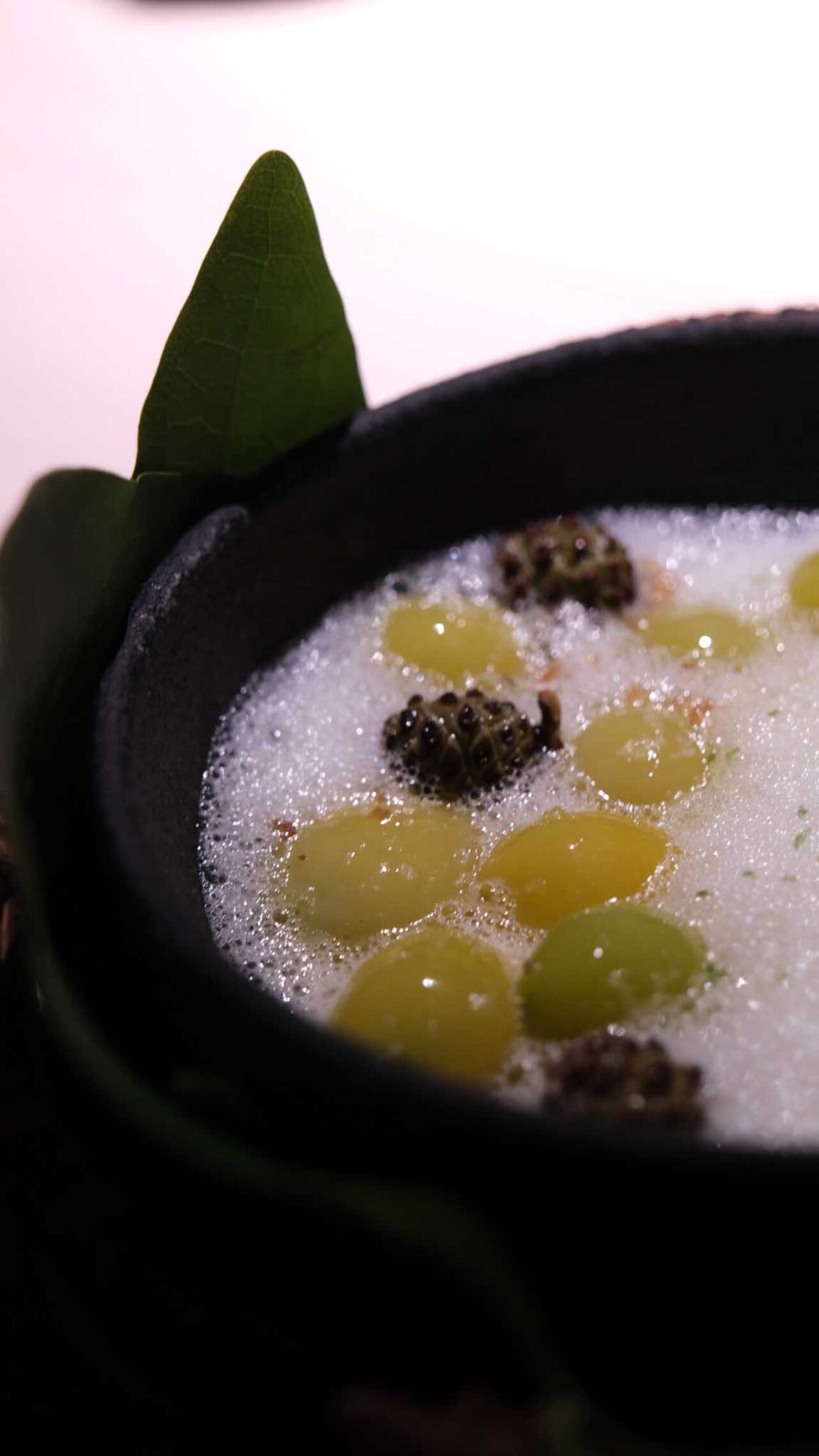
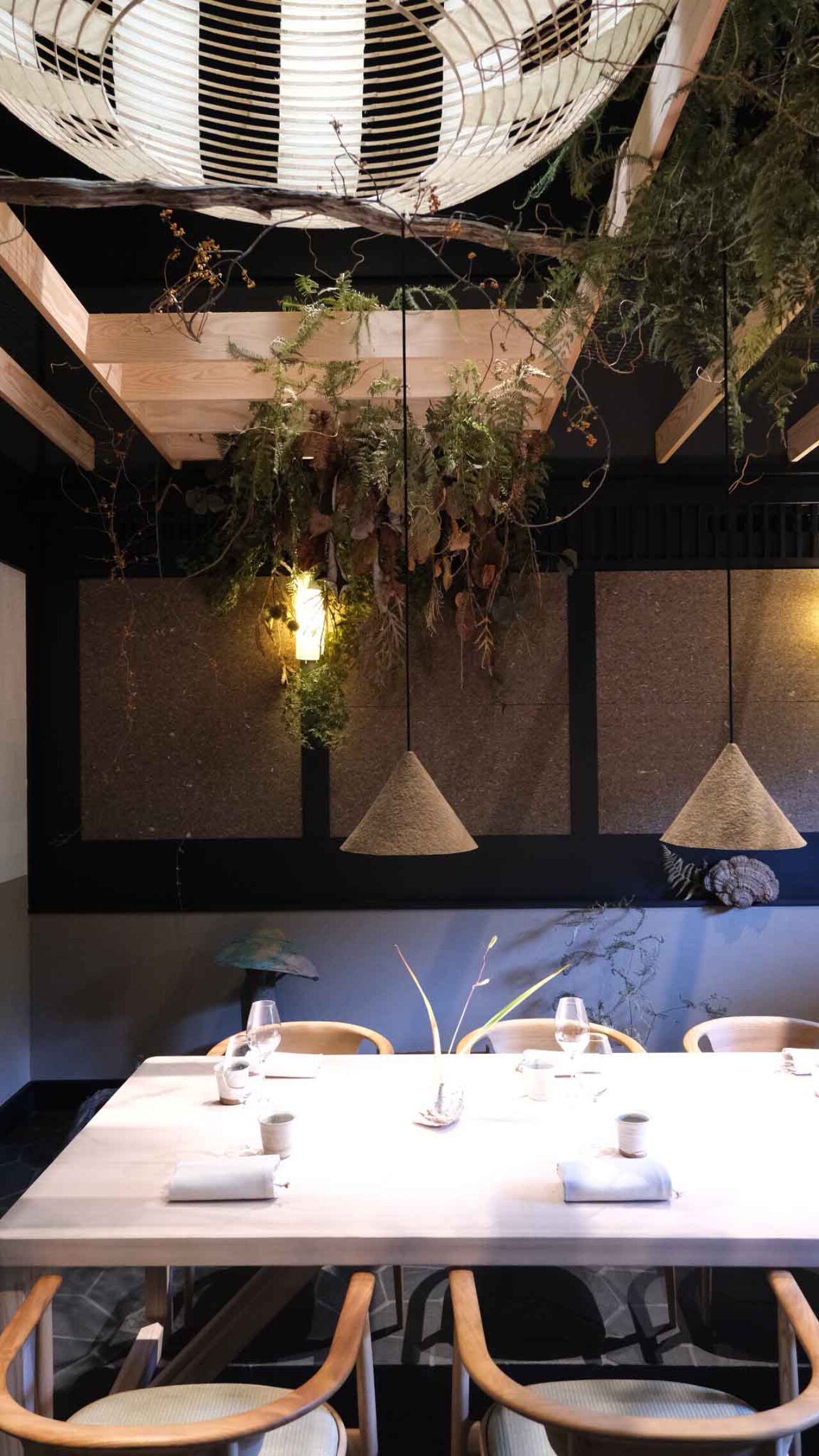
Joanna / Ala Champ: Your love of Kyoto is so strong, how has this second residency influenced the way you see and work in Japan on a global scale?
René Redzepi / NOMA: My love for Kyoto and Japan runs deep. Every time I’m here, it forces me to think more deeply about my craft—the choices I make, the direction I want to go, and how I articulate our goals. Japan encourages a level of thoughtfulness that’s rare. Even after countless visits, I feel like I’m only just beginning to understand the depth of Japanese culture. It’s a humbling experience, and Kyoto, in particular, pushes me to grow.
In Kyoto, did you discover any new places this season that highly inspired you?
Kyoto is defined by the people who have chosen to perfect one specific craft. It’s filled with individuals who have stepped away from the rat race to focus on being the best they can be at one thing. The more you look for it, the more you find: a 17th-generation tofu maker, a sake brewer, or a potter perfecting bowls. It’s everywhere. And then there’s the nature—the mountains surrounding the city, the proximity to Lake Biwa. It’s a place I feel very much at home.
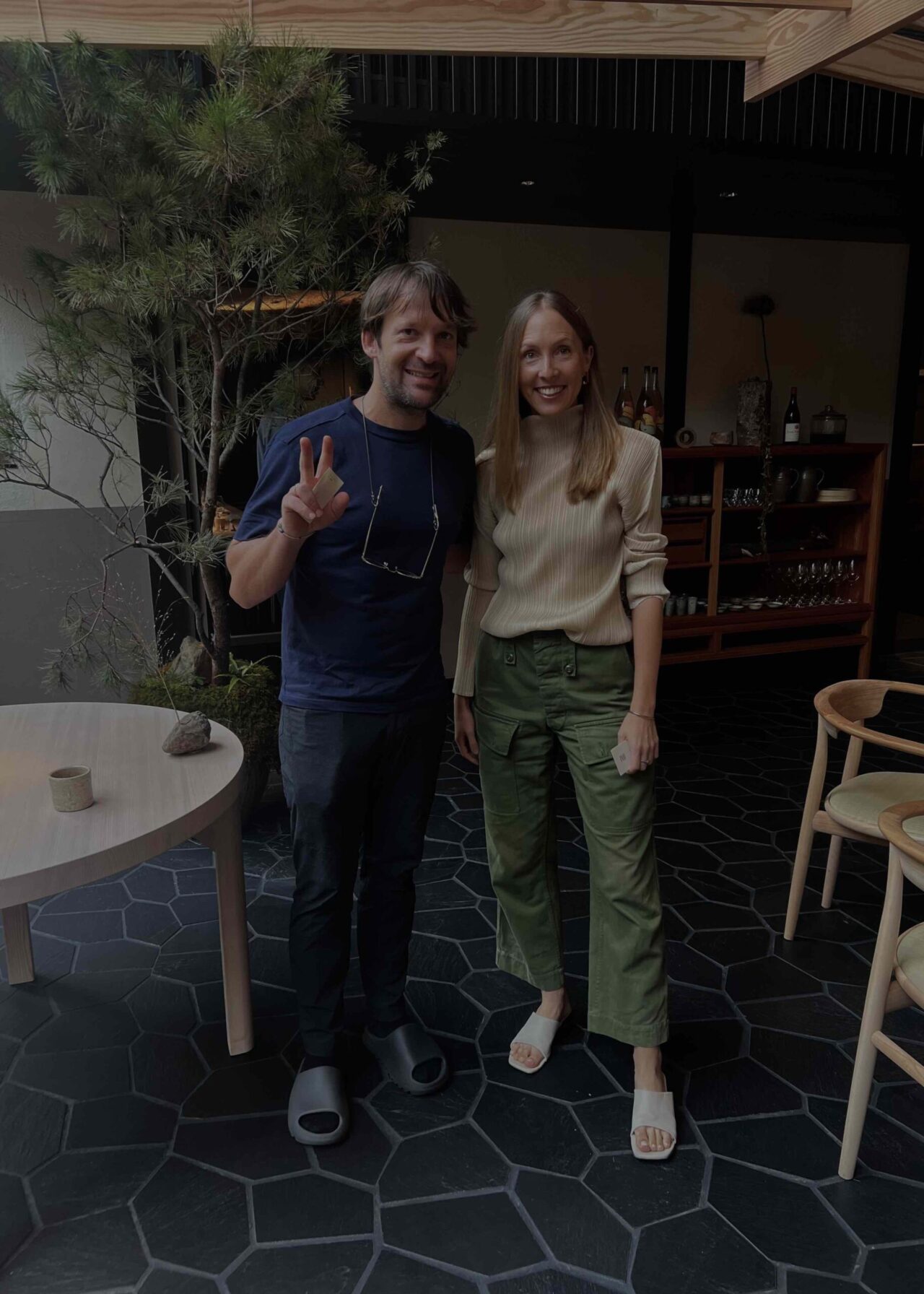
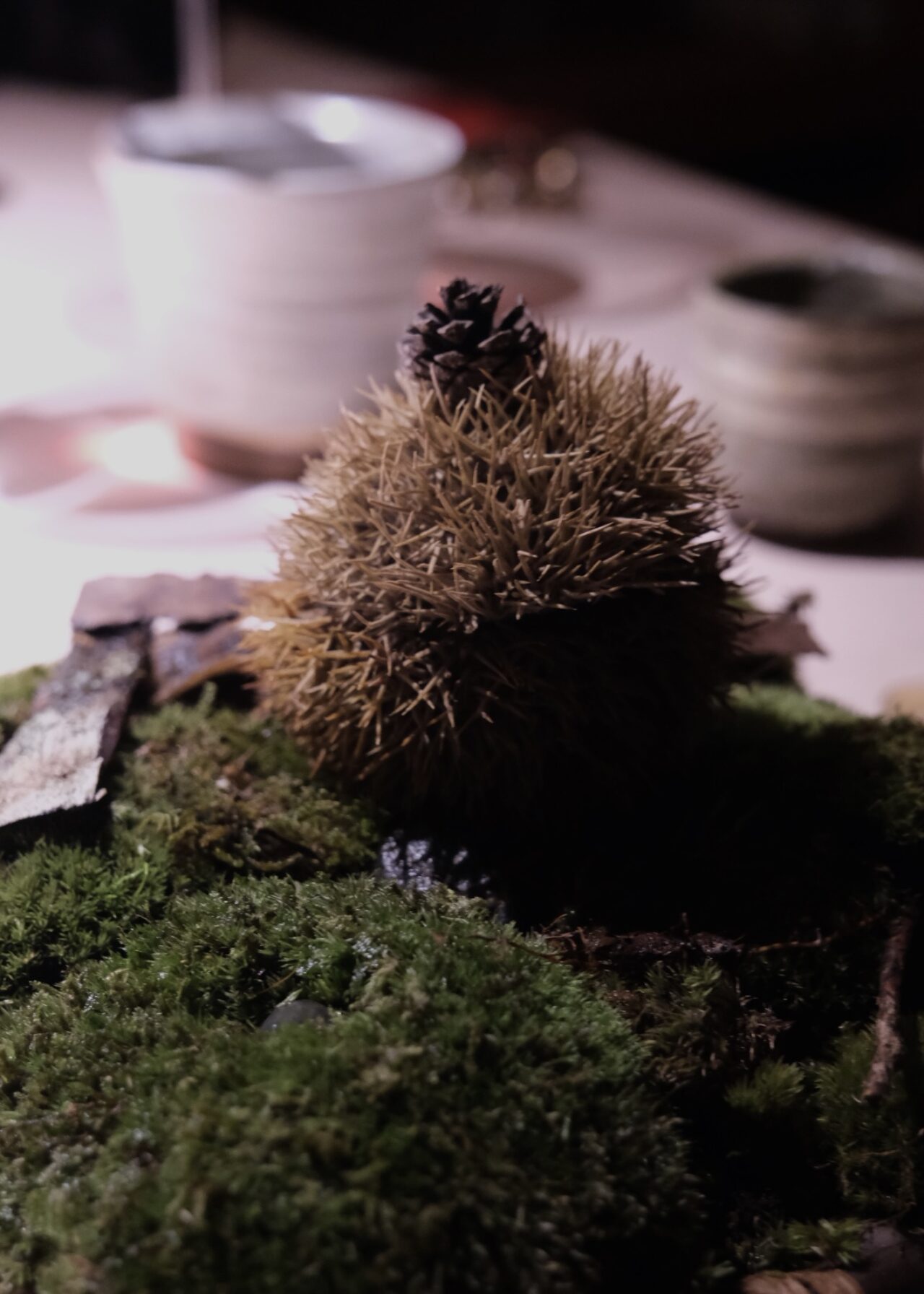
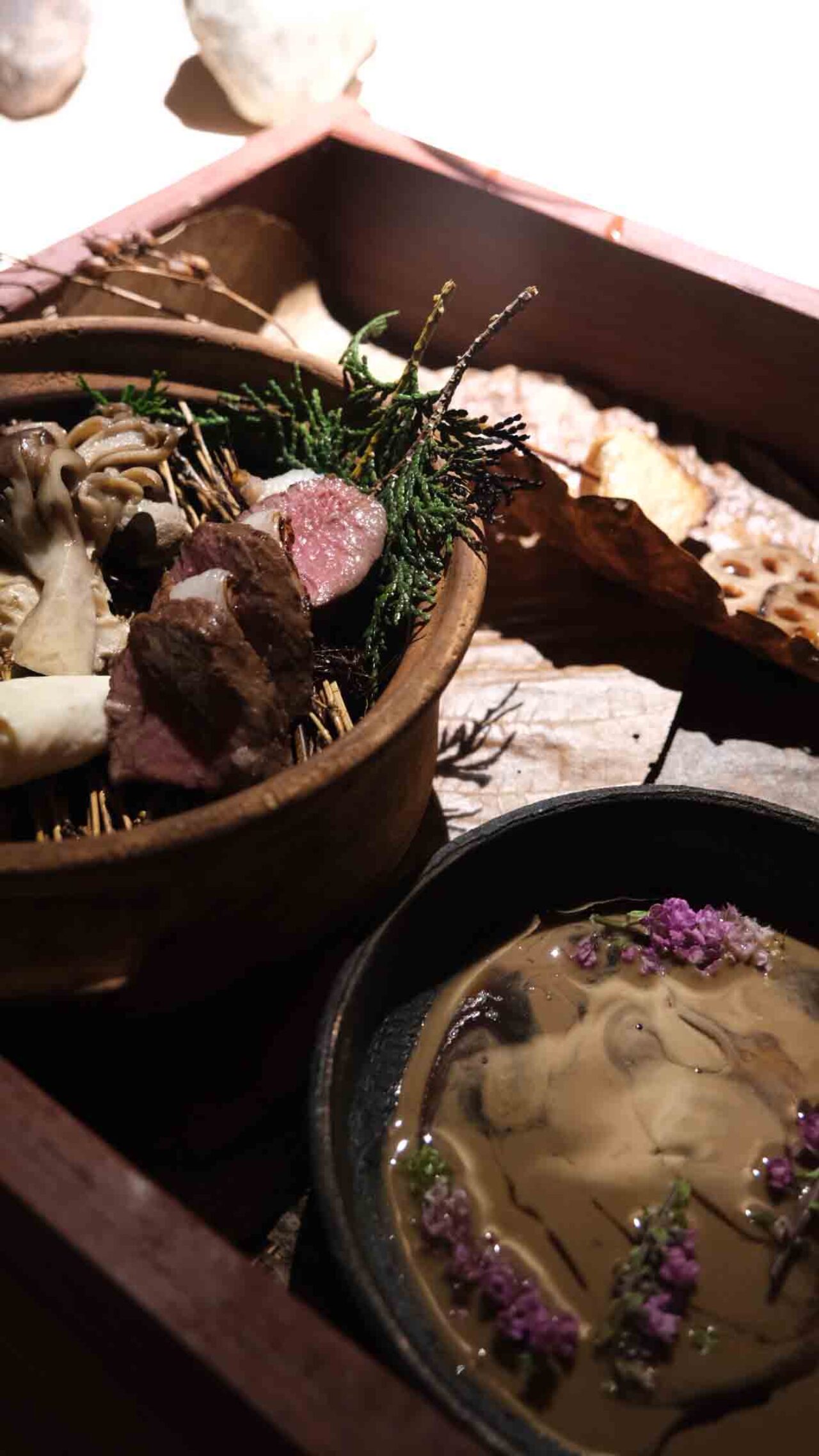
Joanna / Ala Champ: Globally, what is the last spatial or dining experience that moved you?
René Redzepi / NOMA: On a global scale, it’s rare to find a spatial dining experience that perfectly complements the ambition of the food. For me, the restaurant Kataori in Kanazawa stands out. Everything there—every detail—is thought through to such a degree that it creates an exceptional harmony between the food and the environment. It’s one of the few places where it all truly comes together.
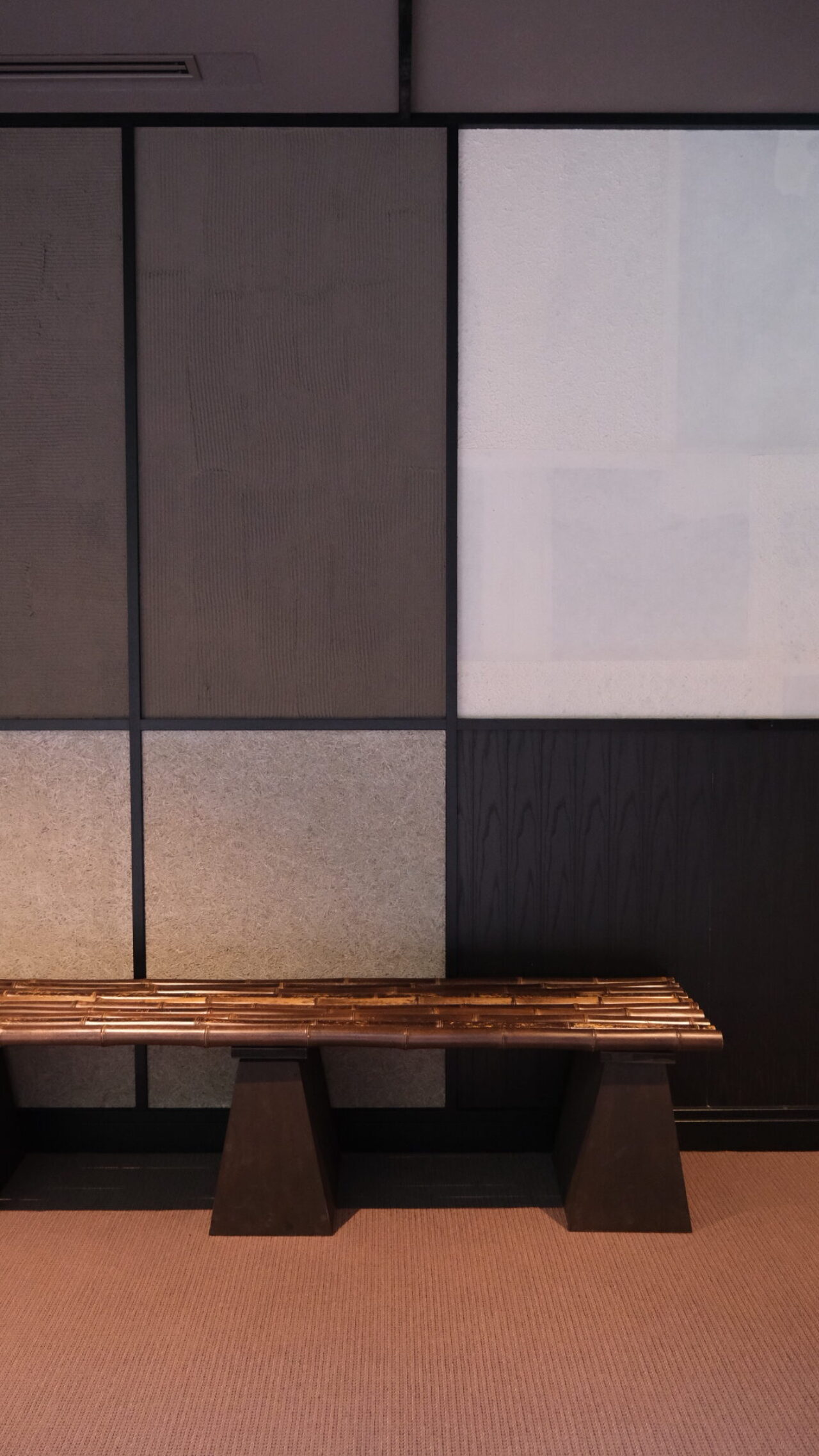
For more stellar dining destinations in Japan, click here.



